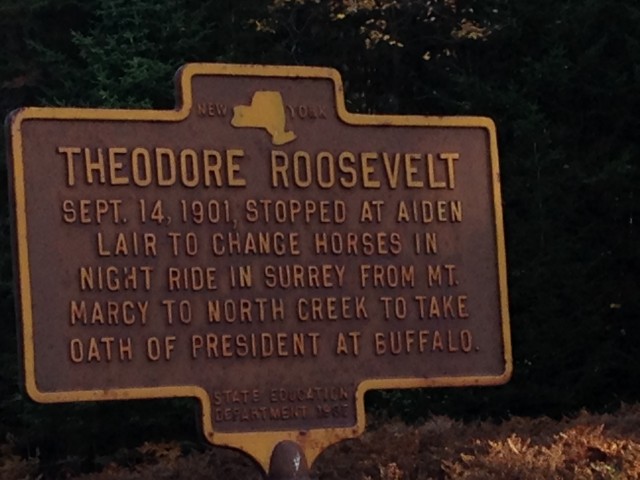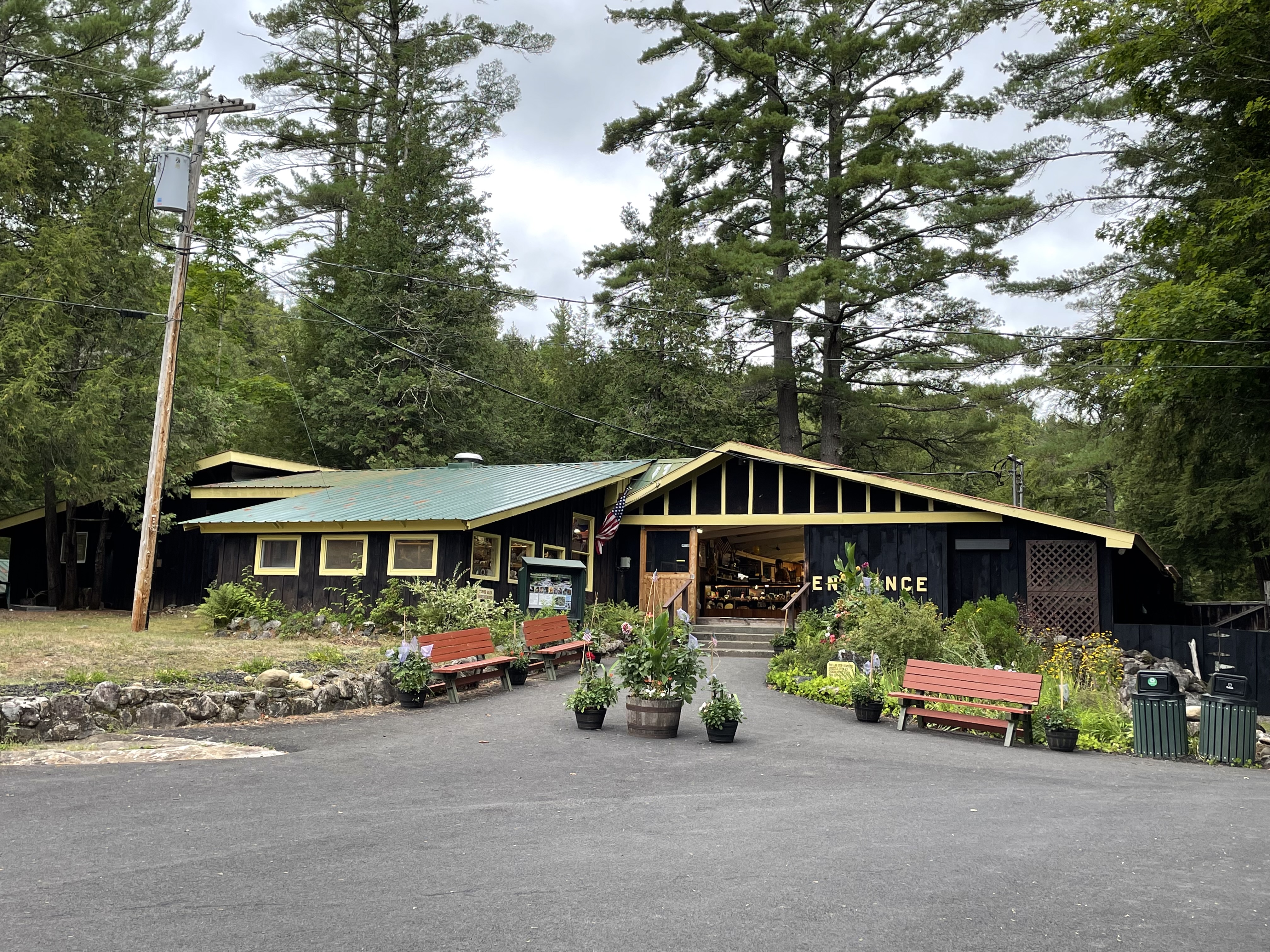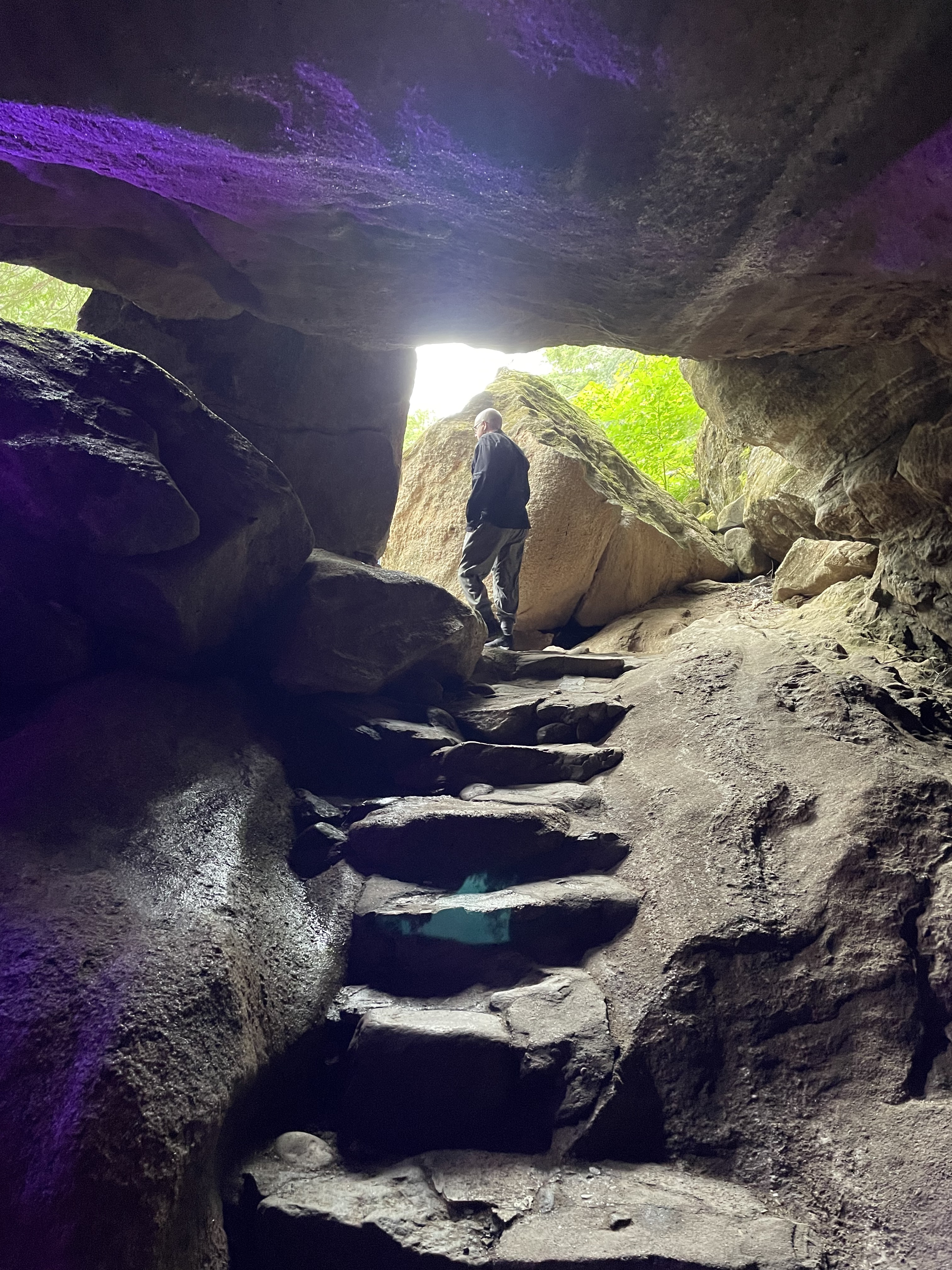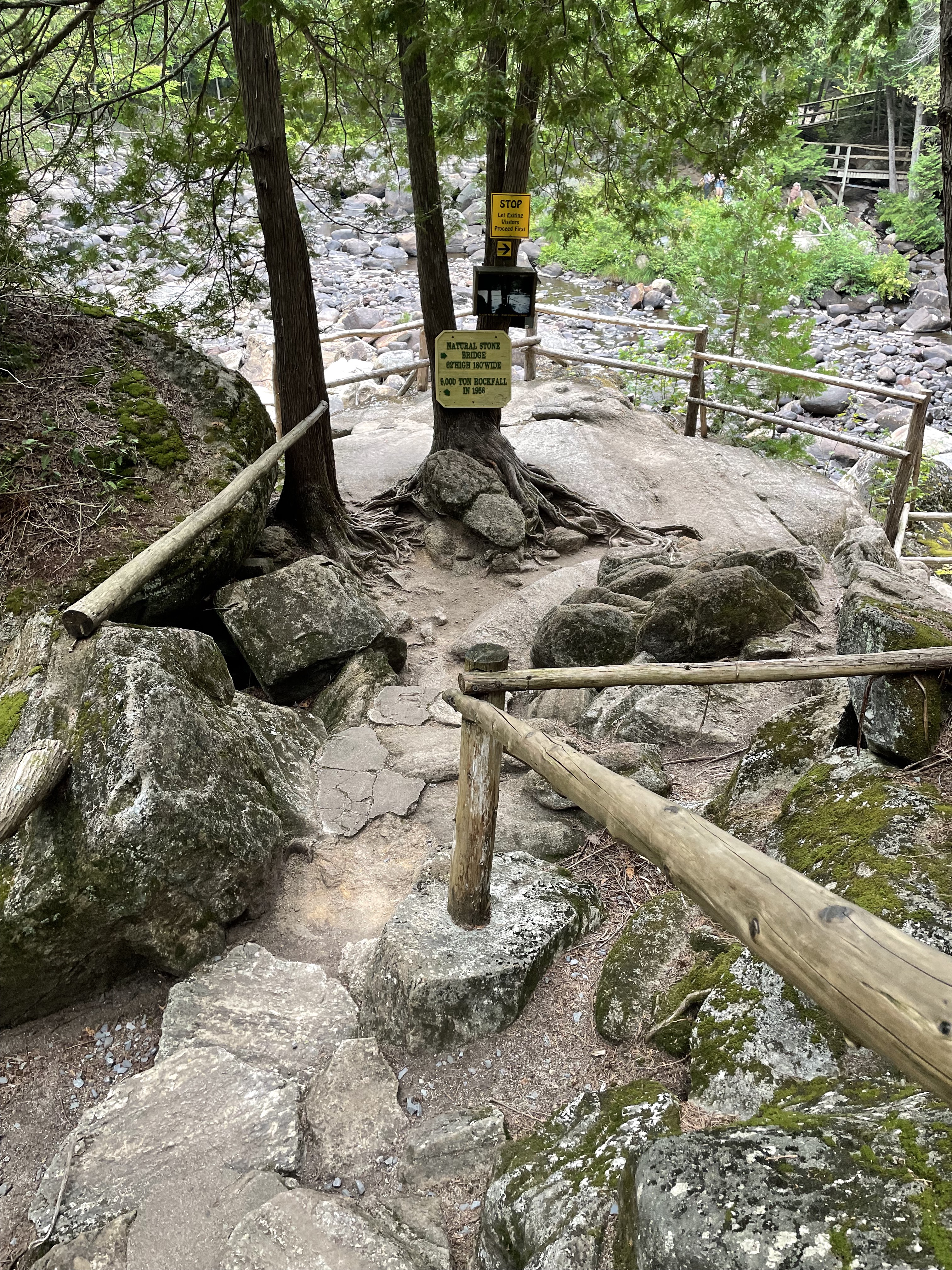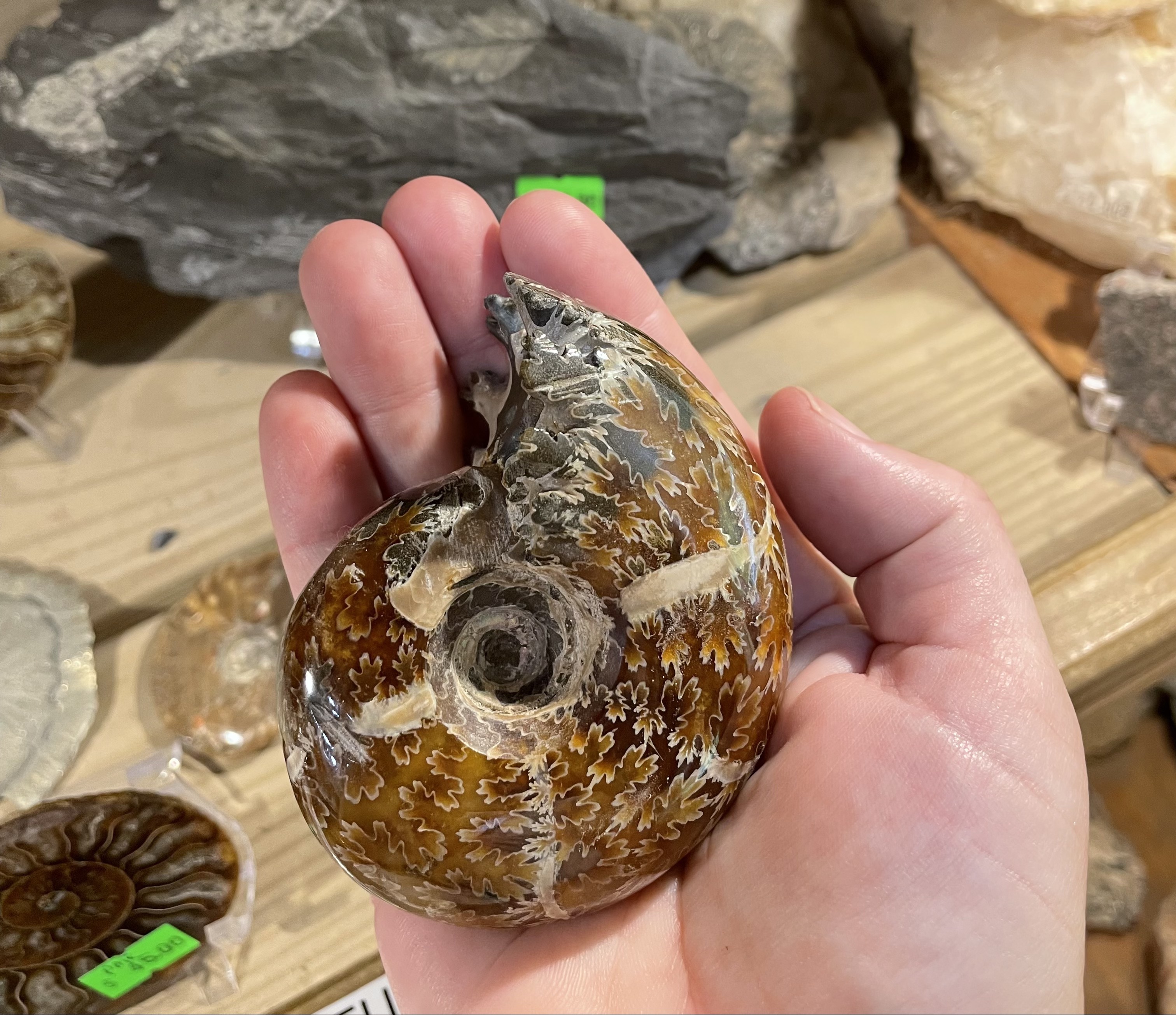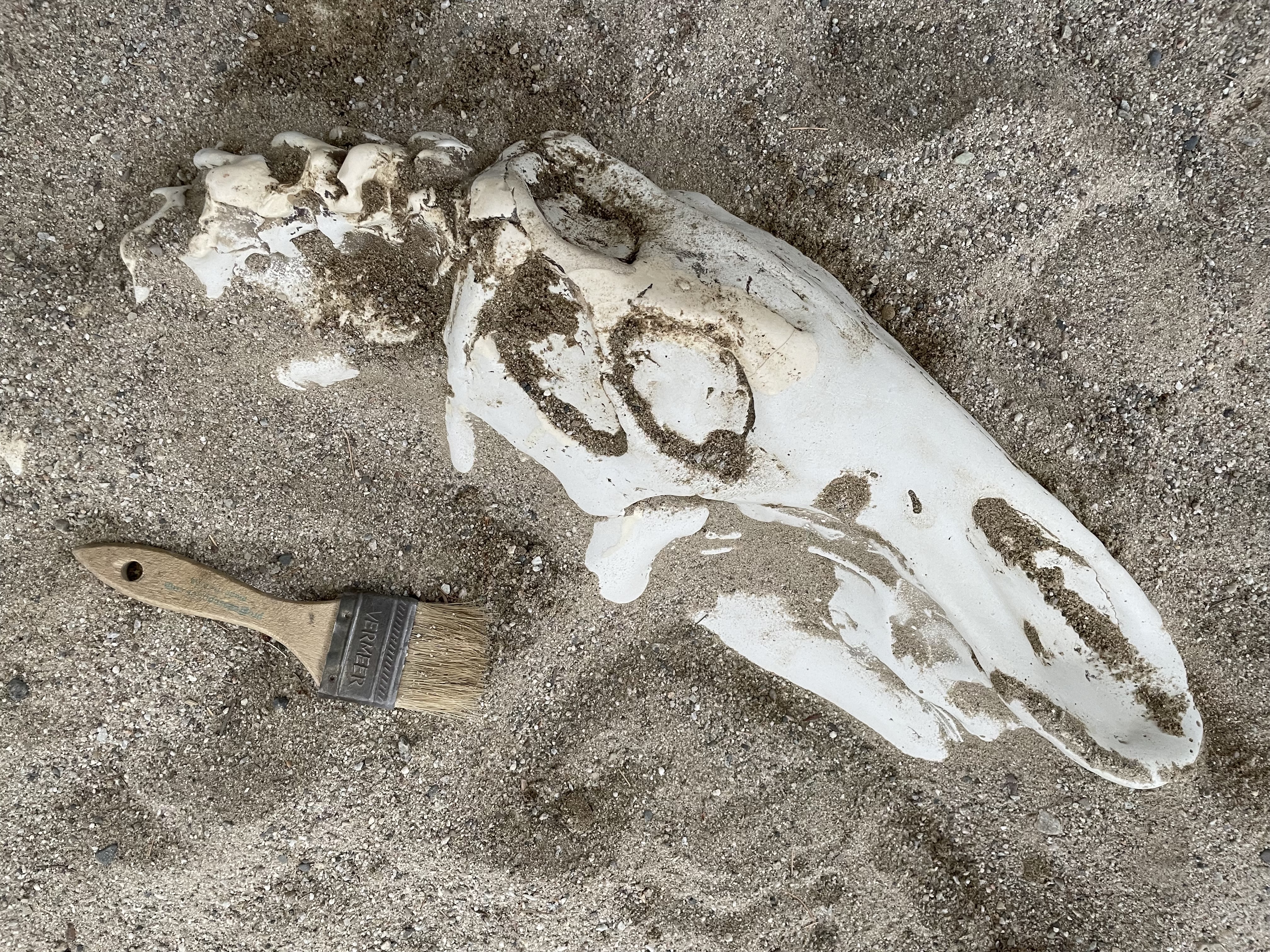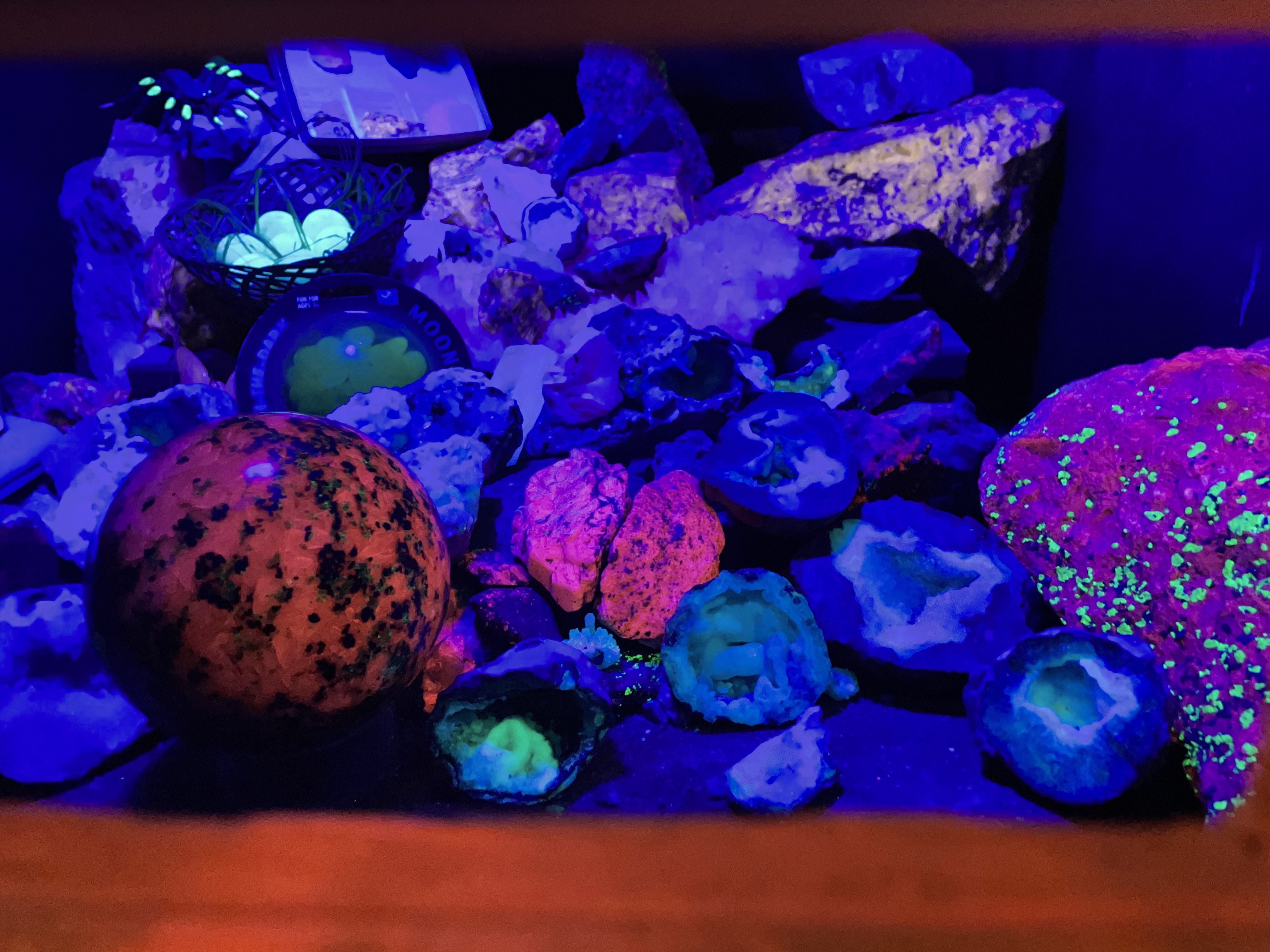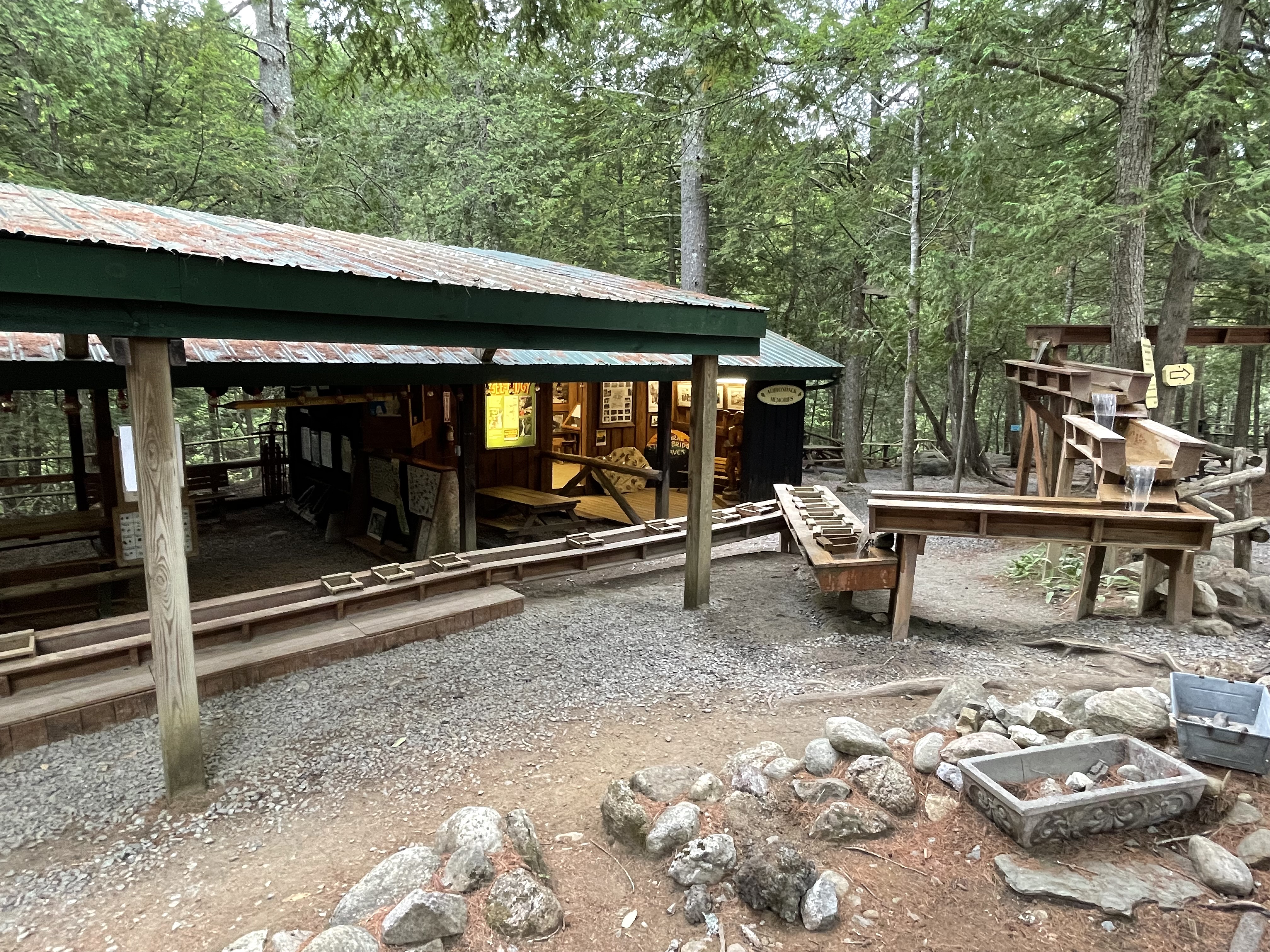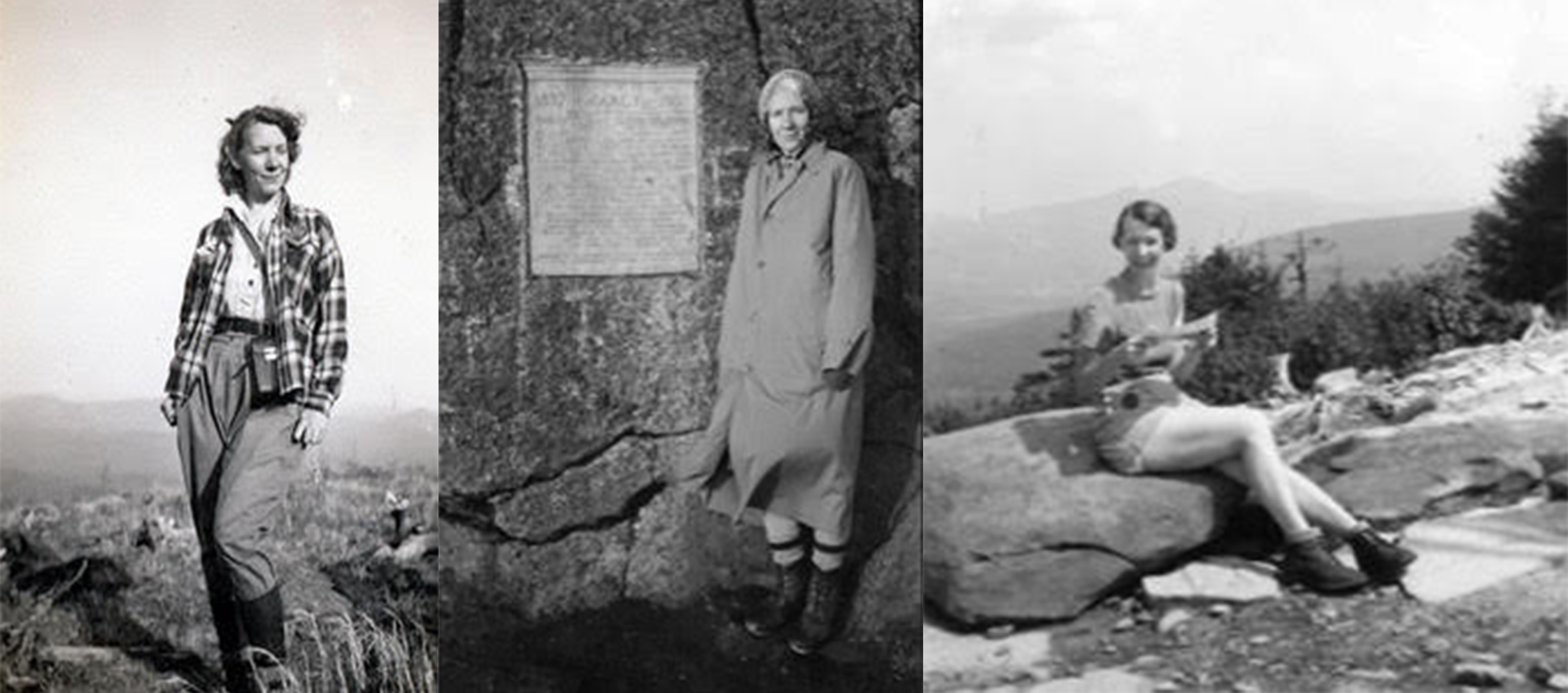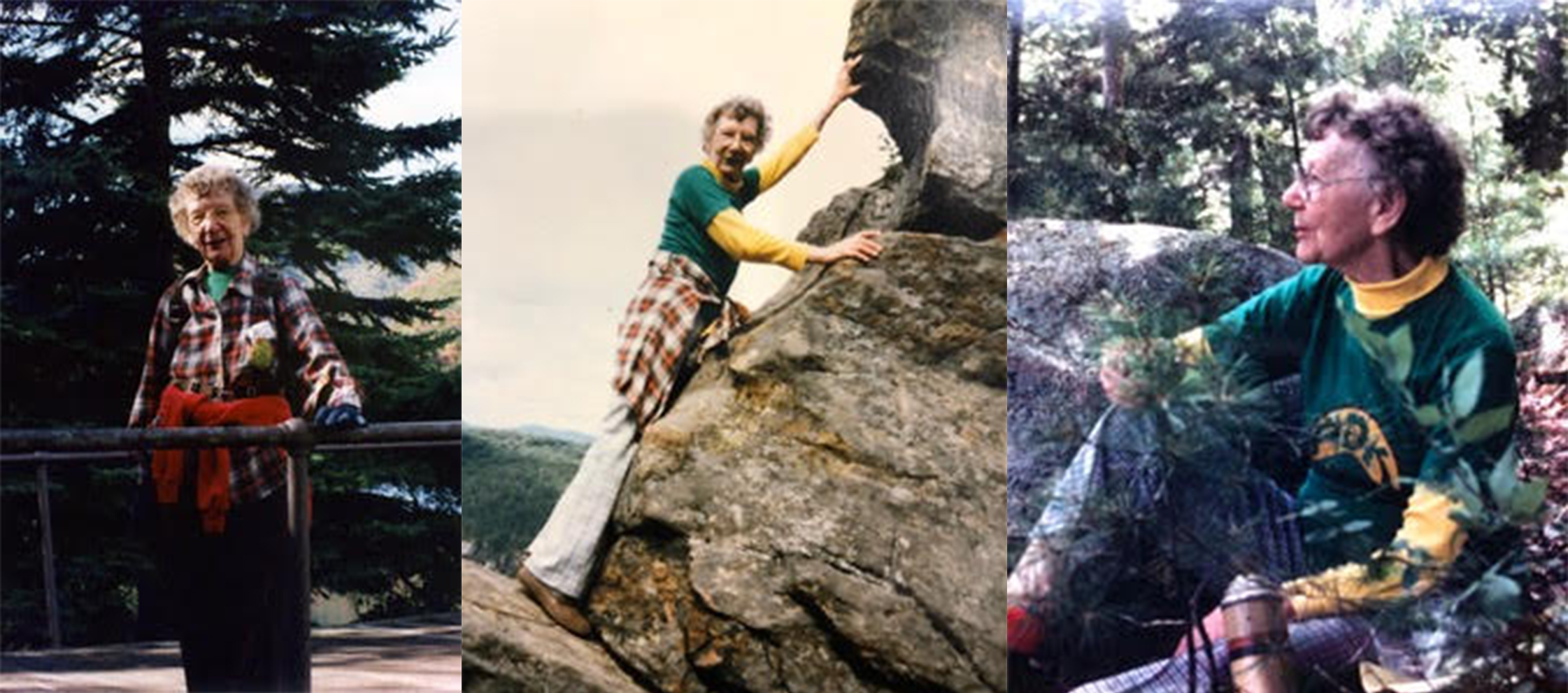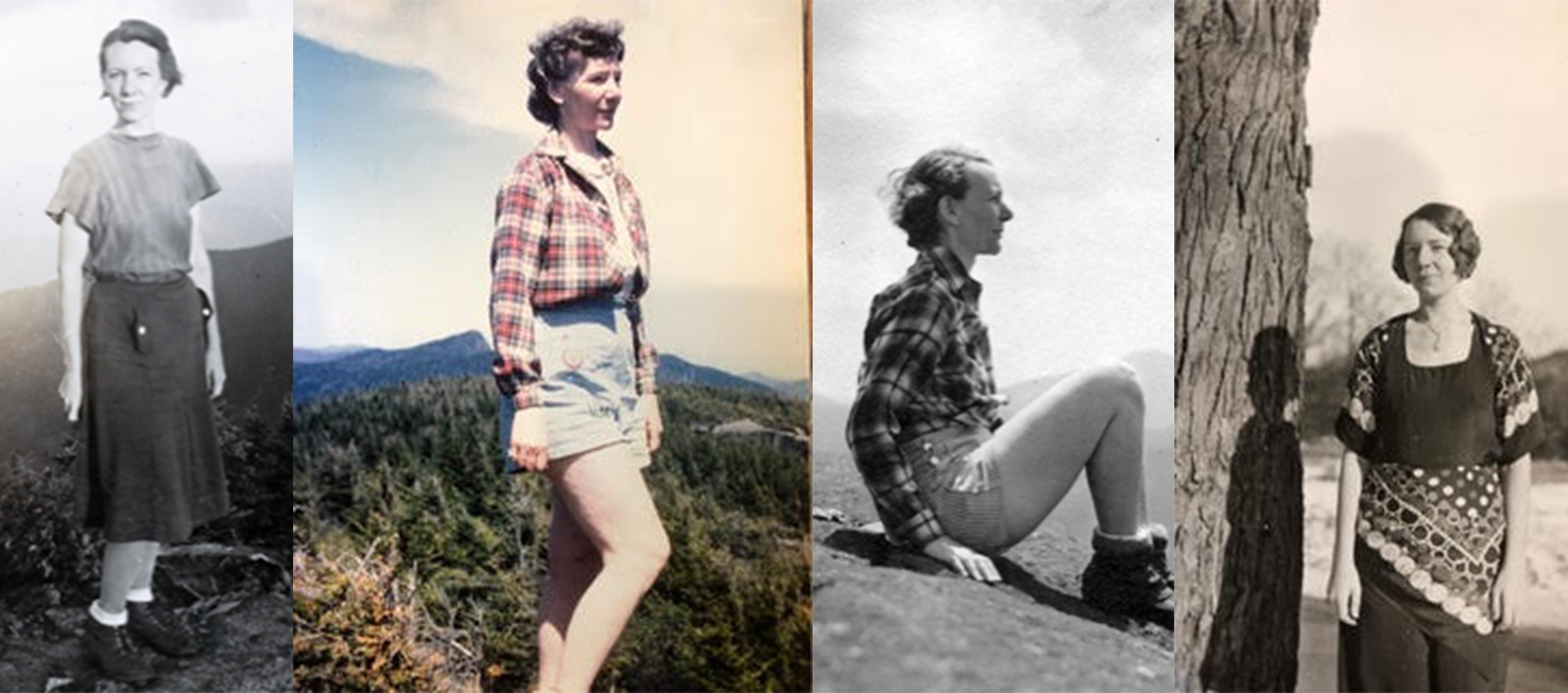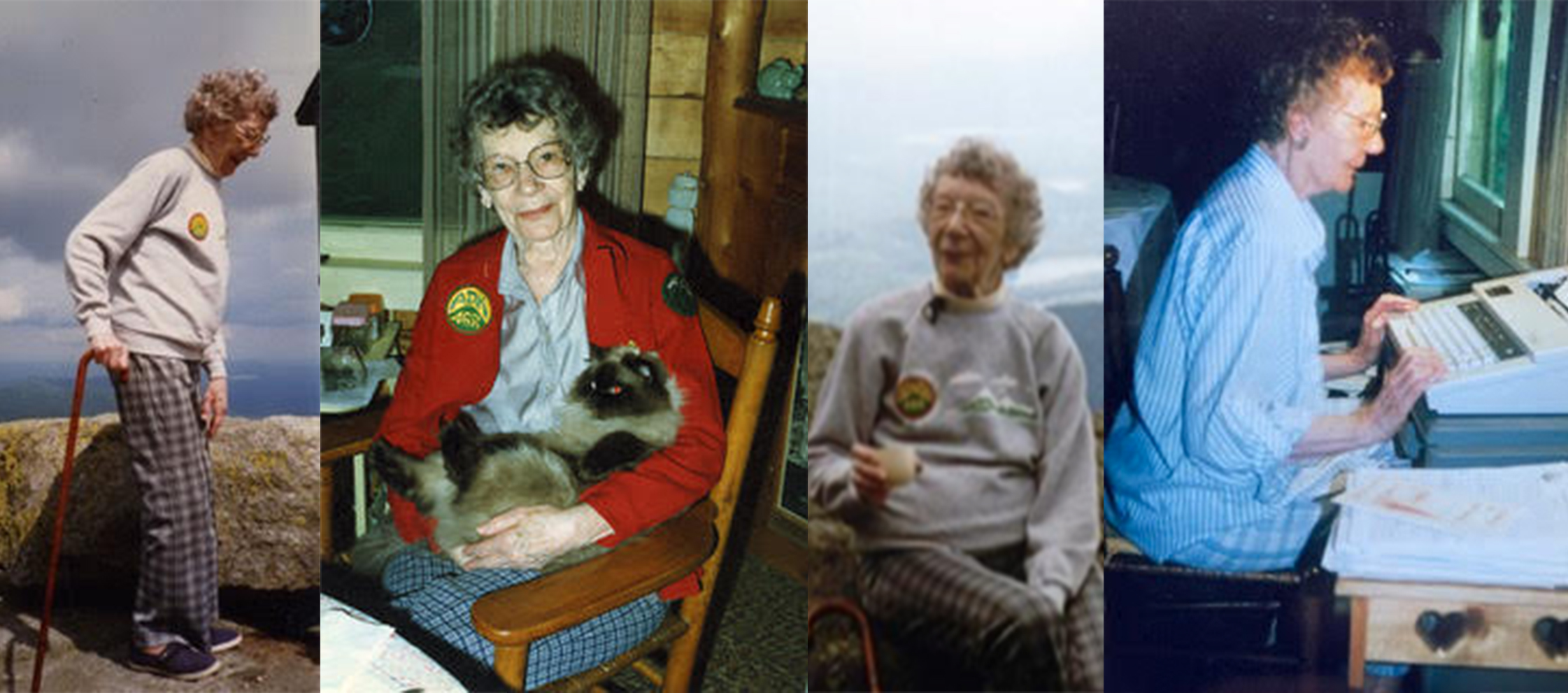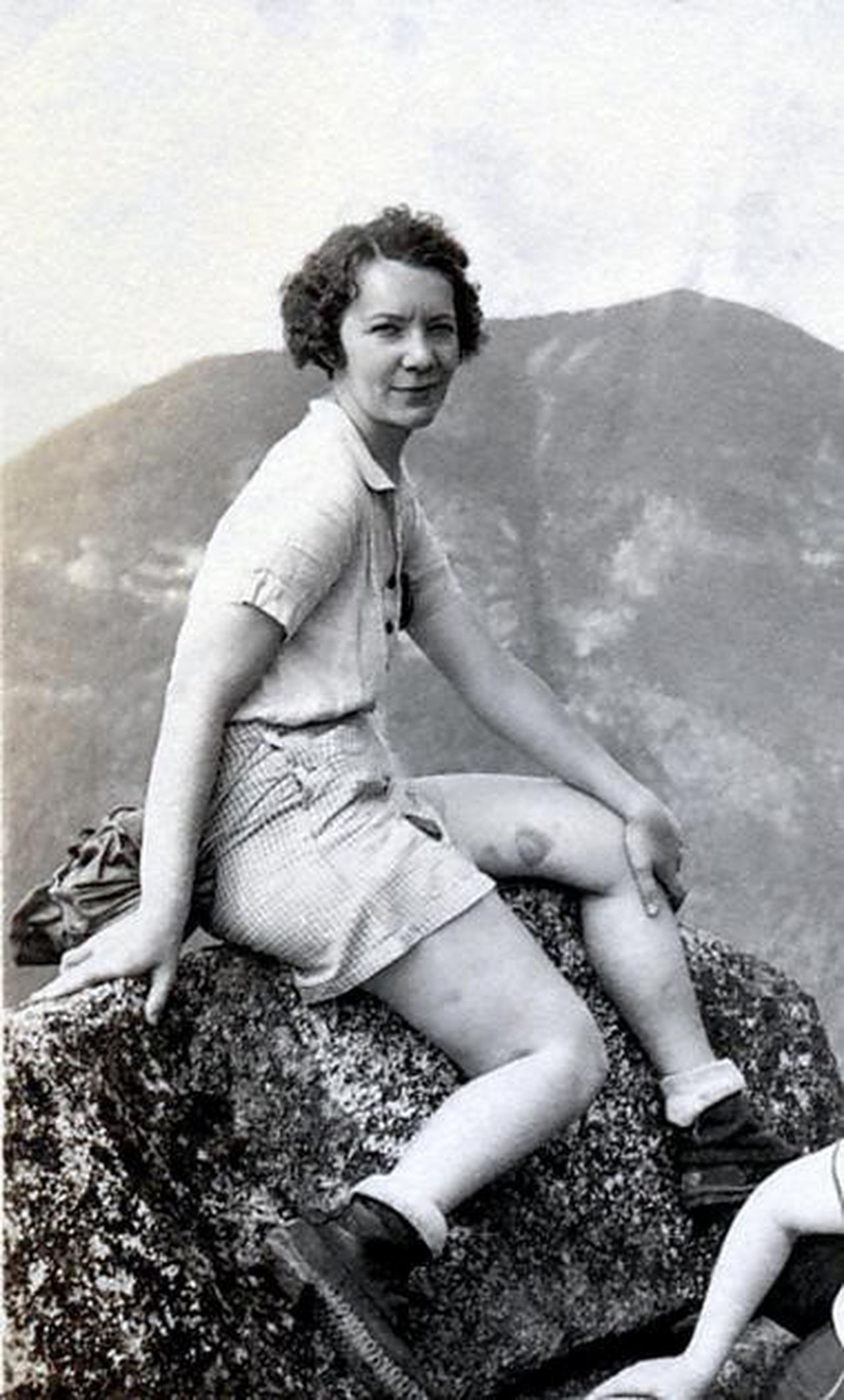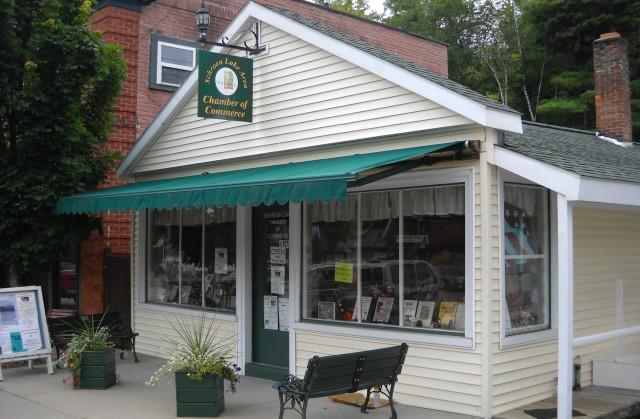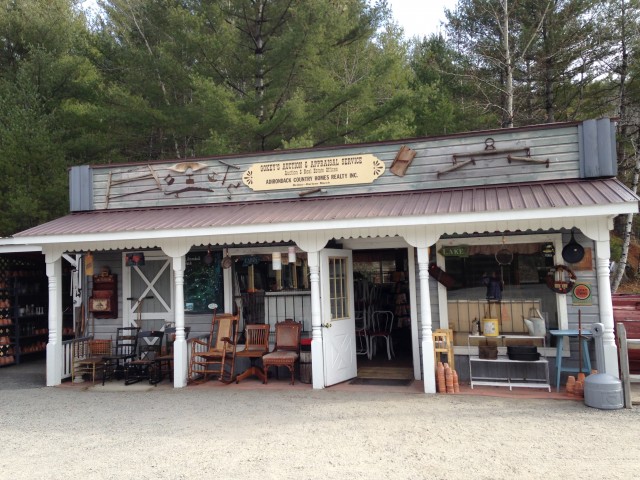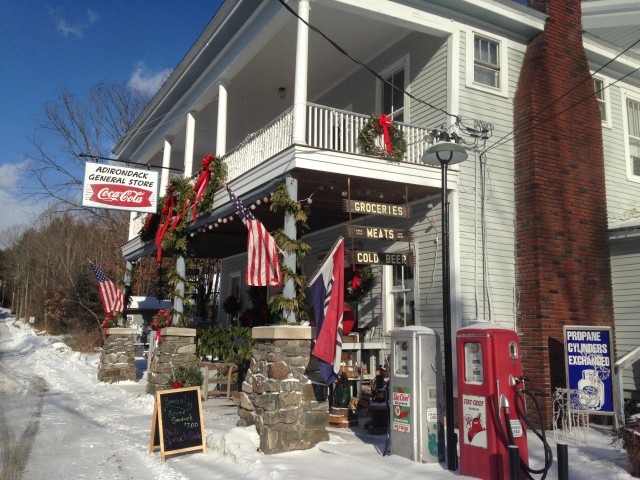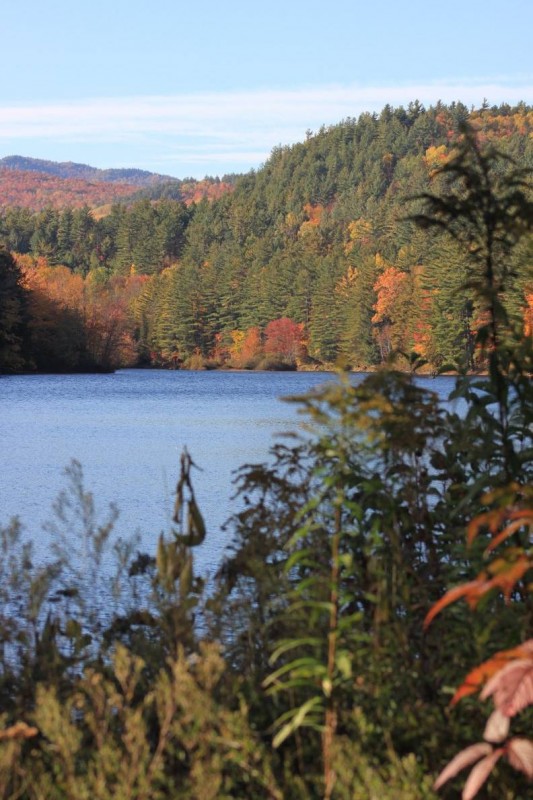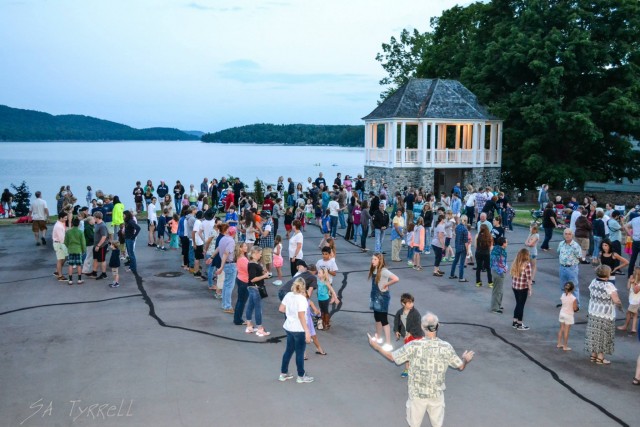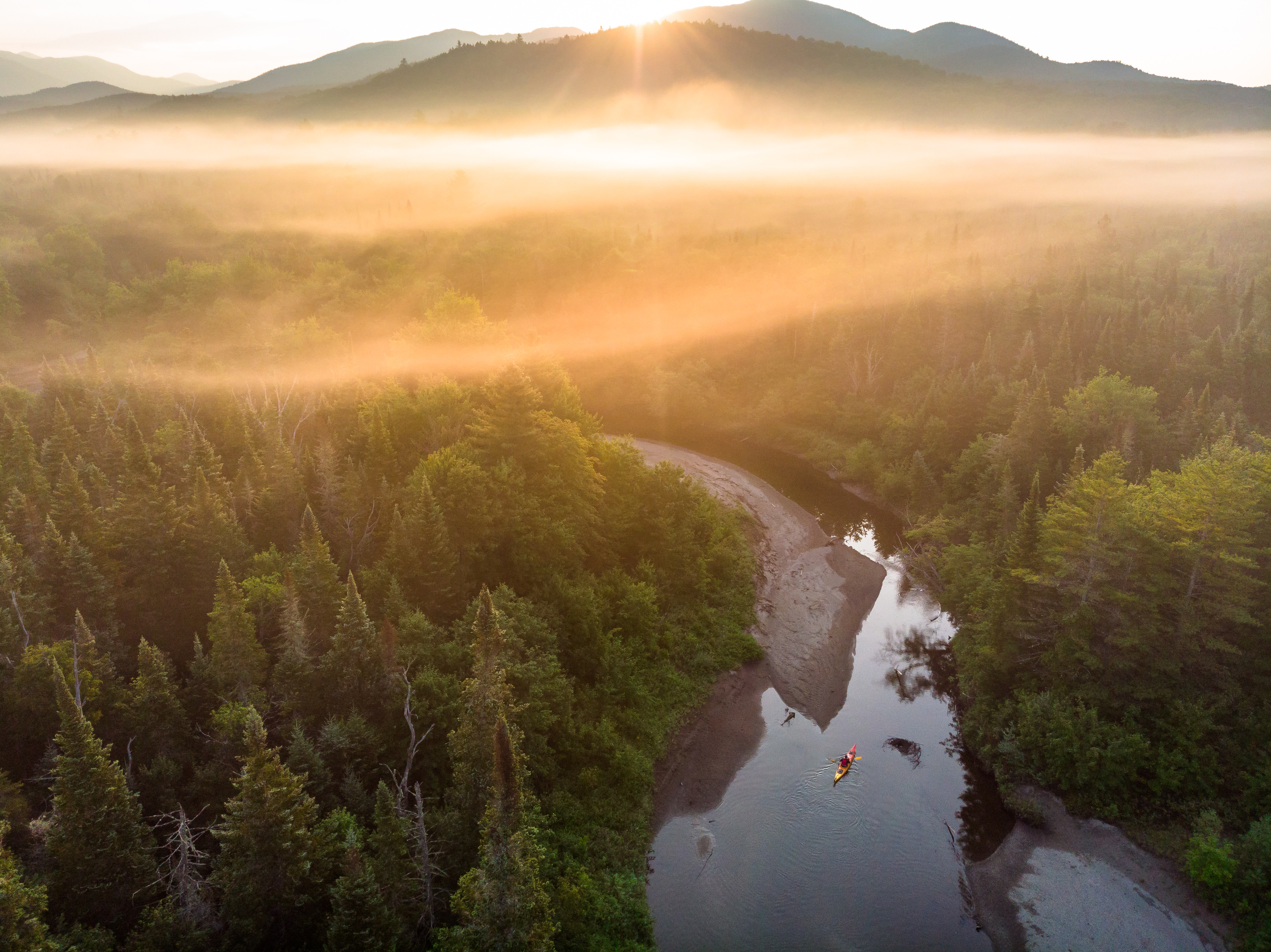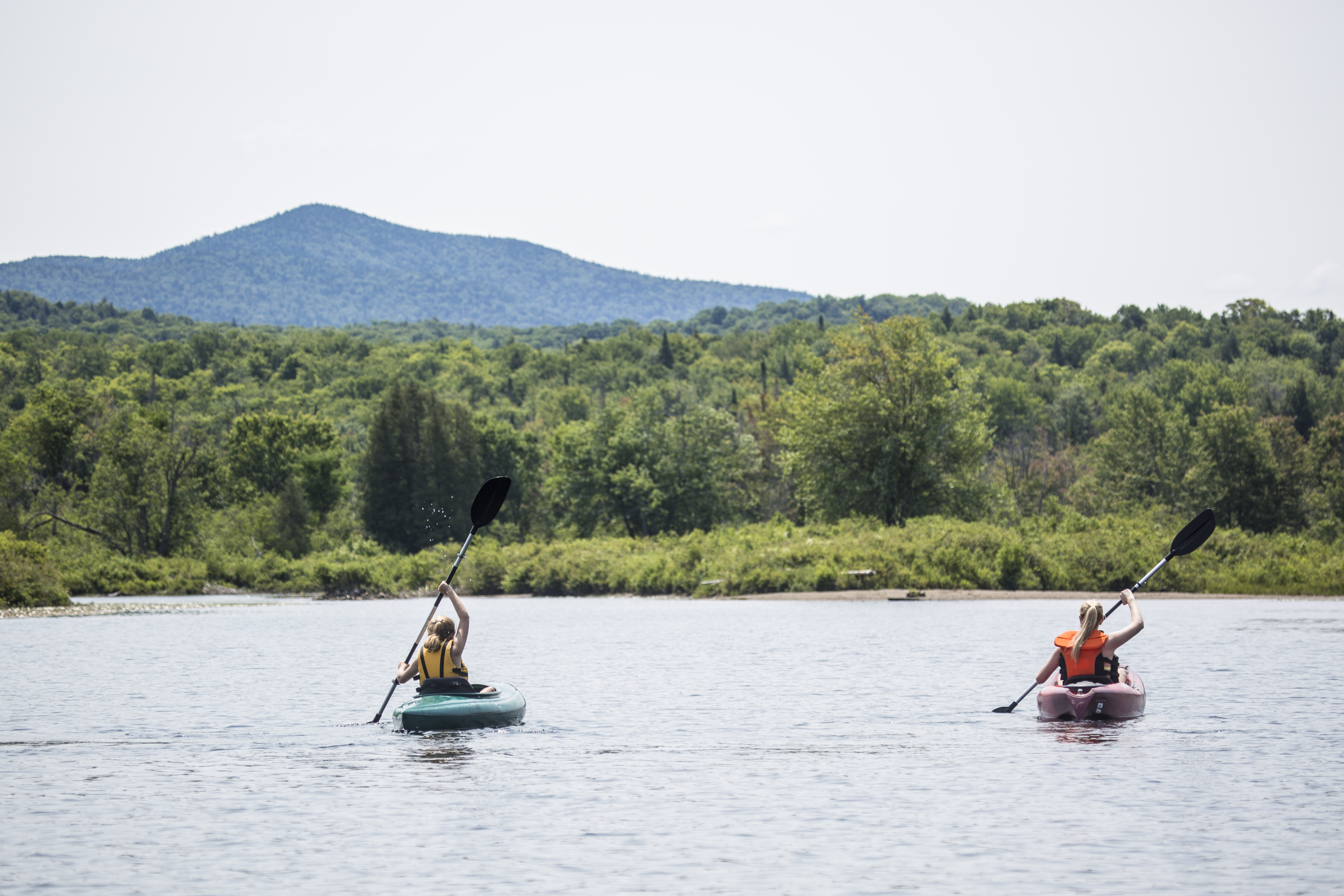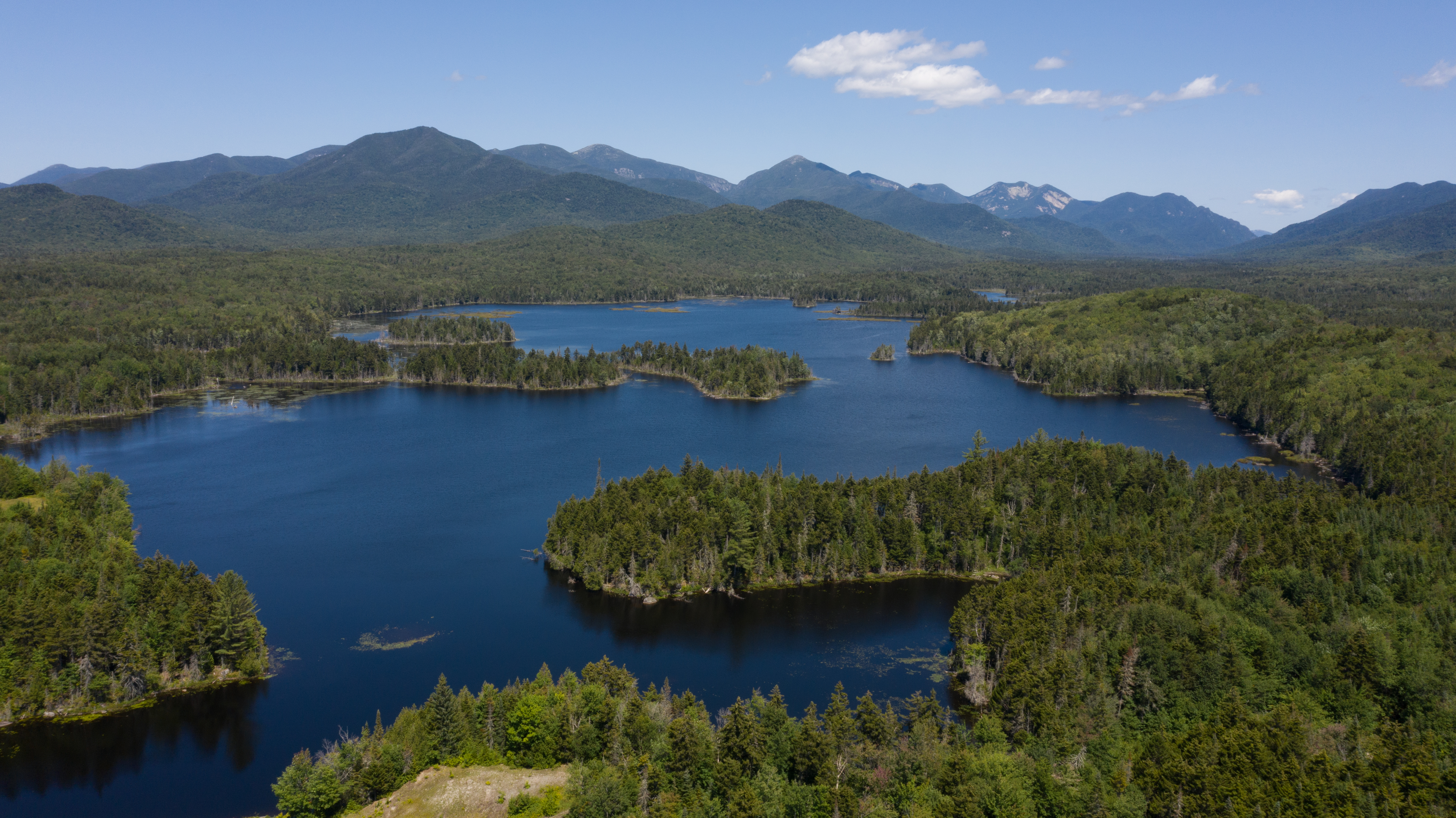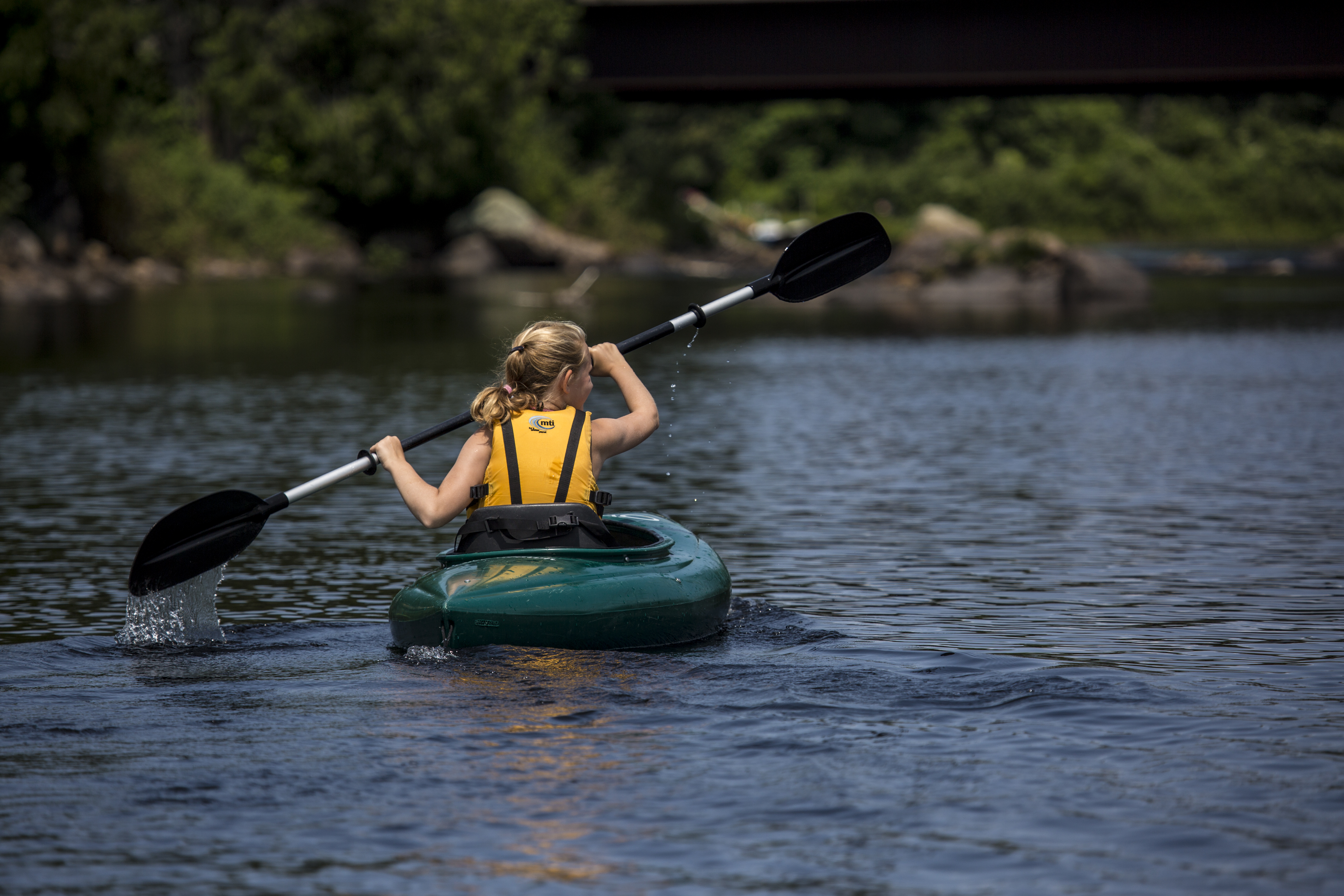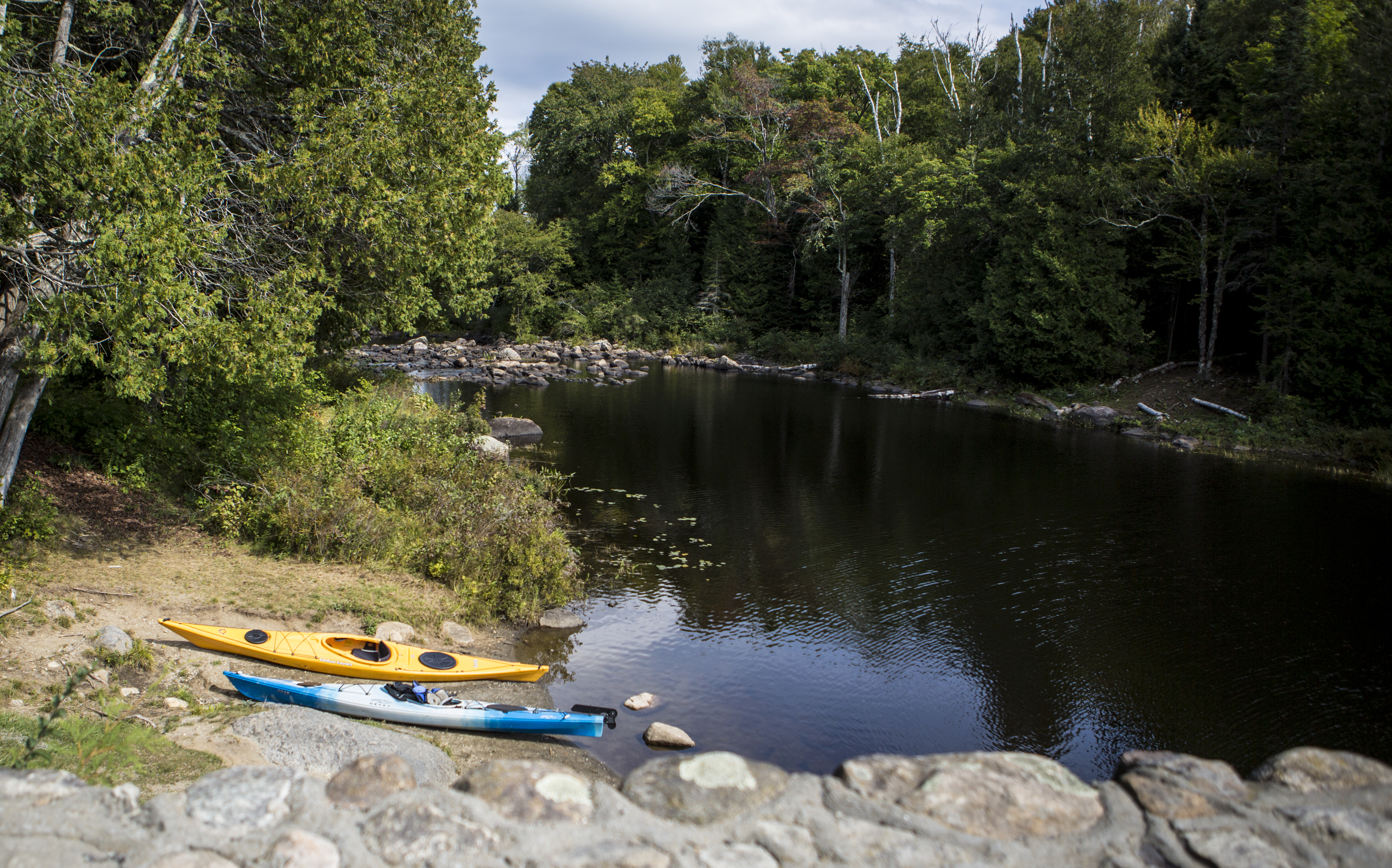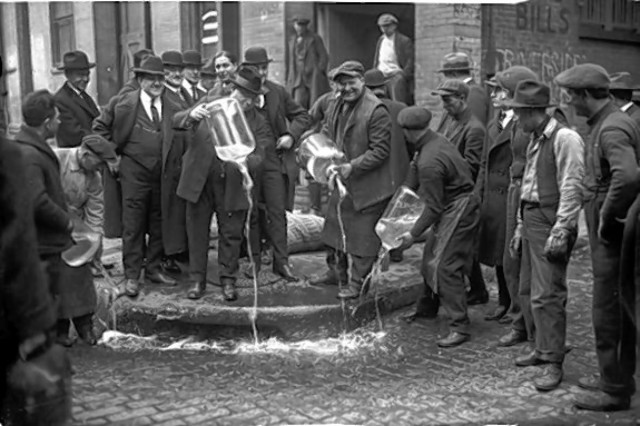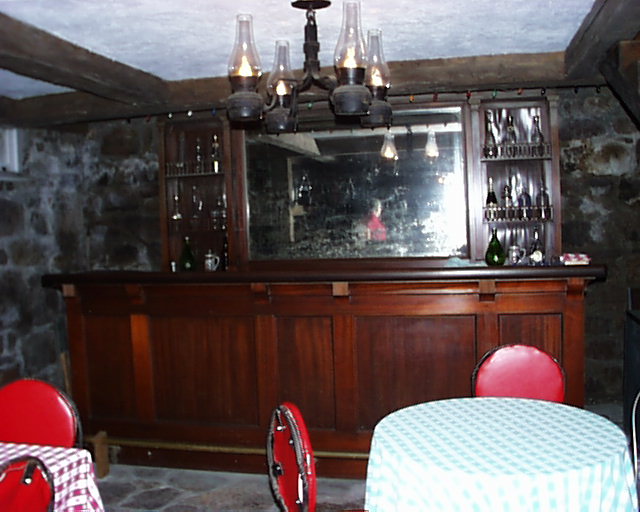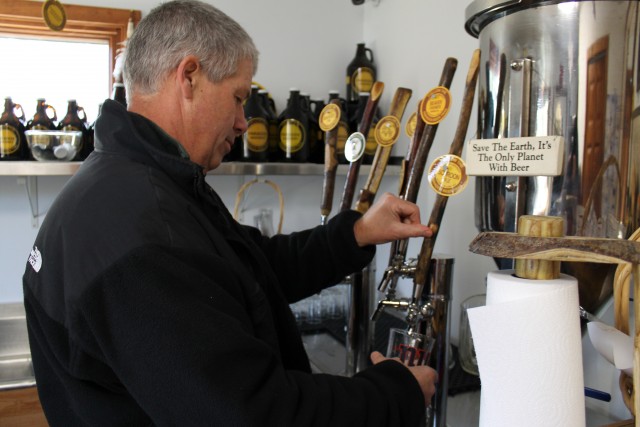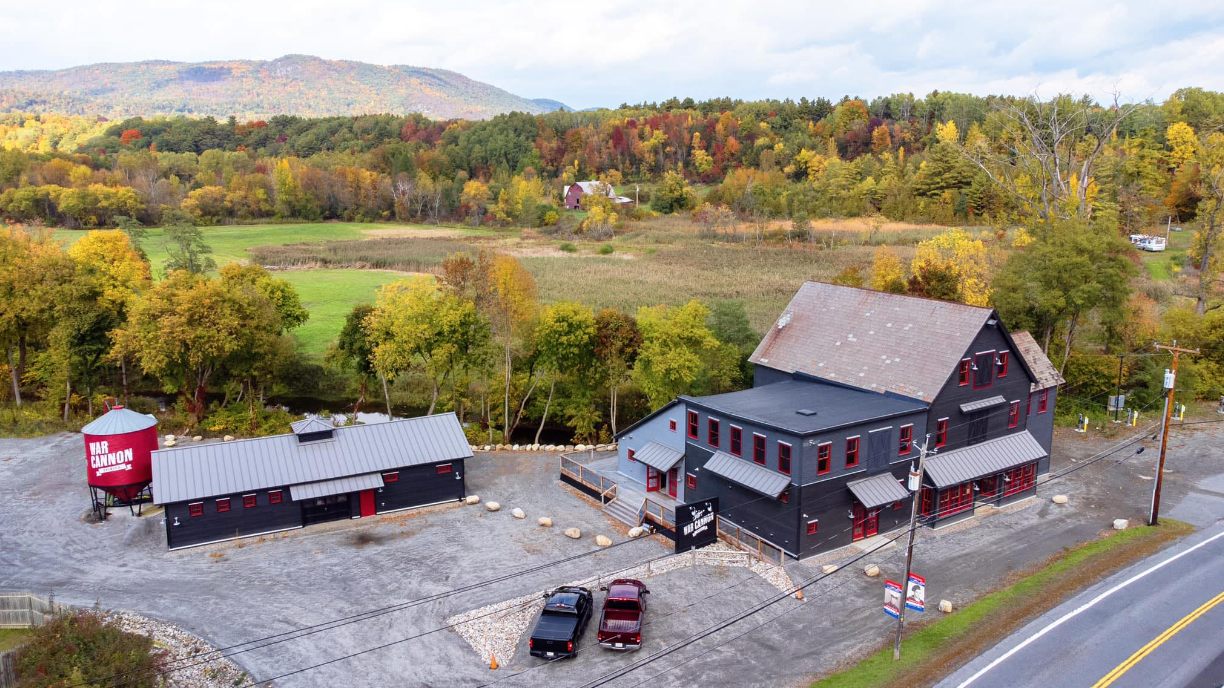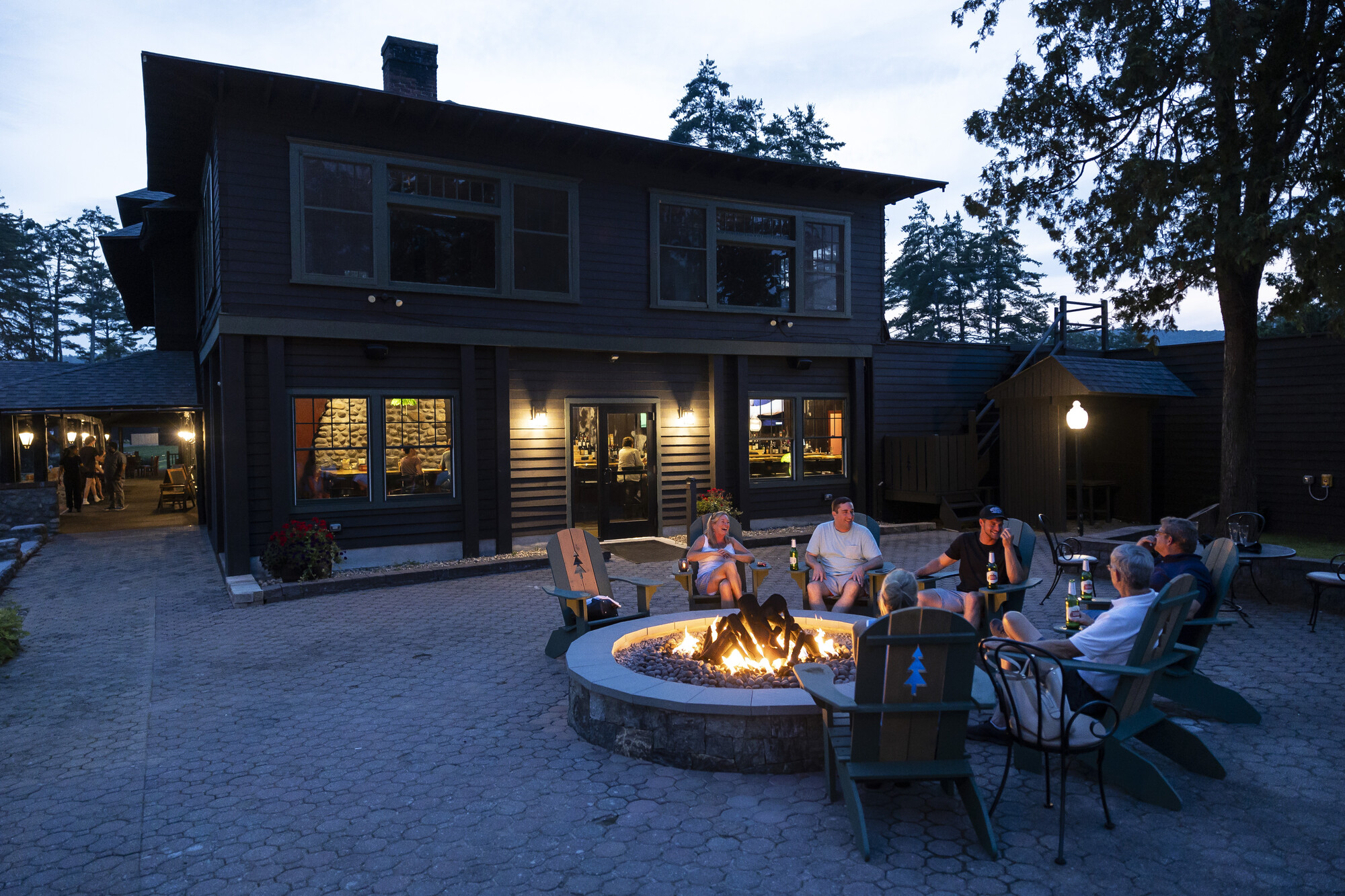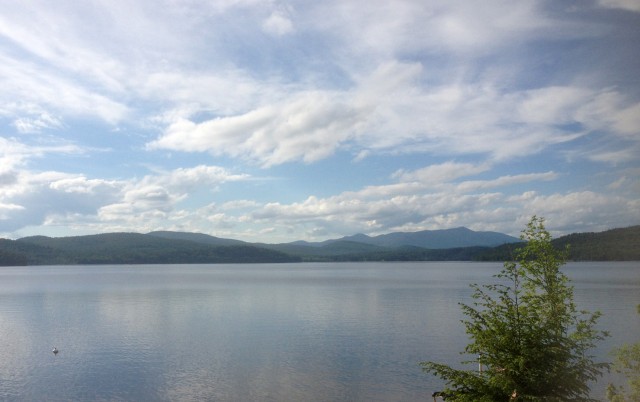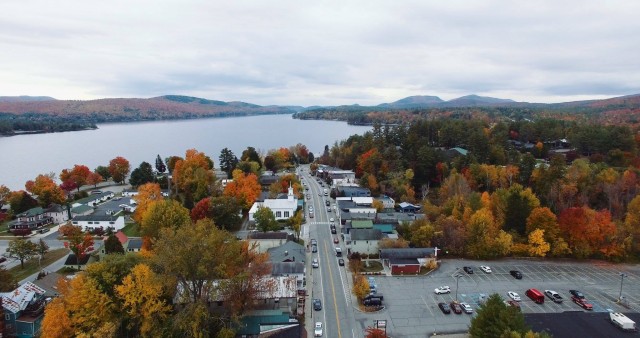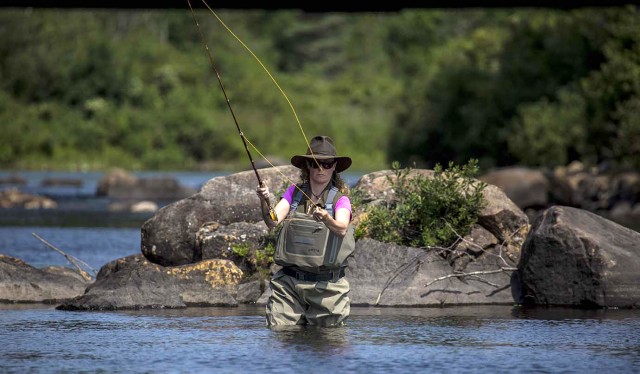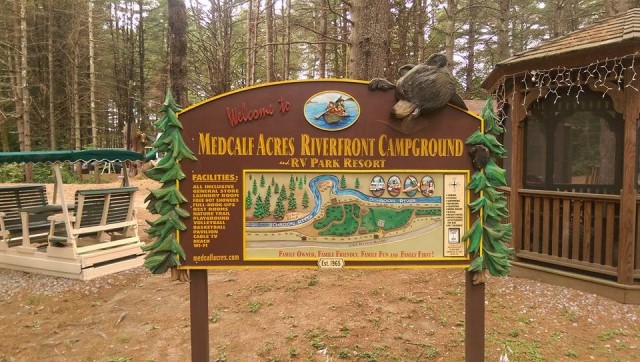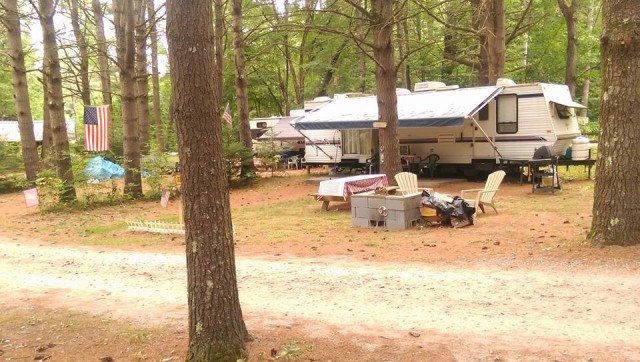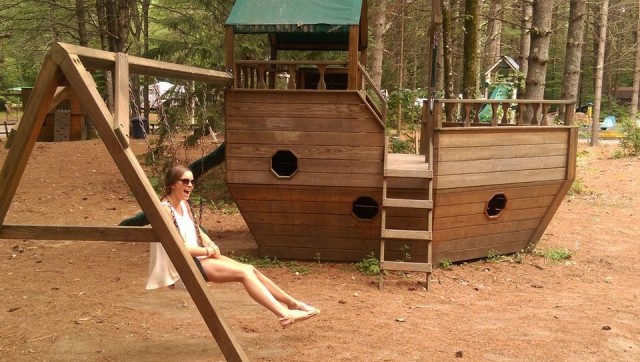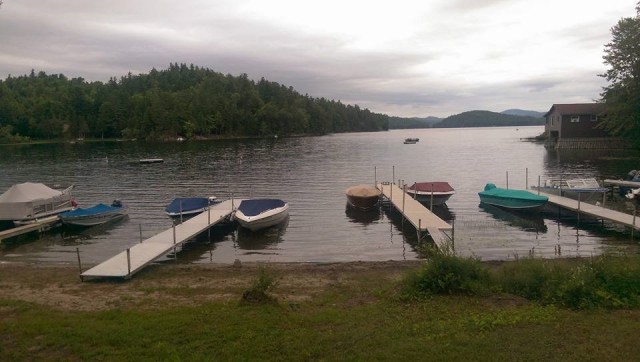A Ghost of a Memory
Chasing a ghost of a memory - or a ghost town as the case may be - is, well, like chasing a ghost.
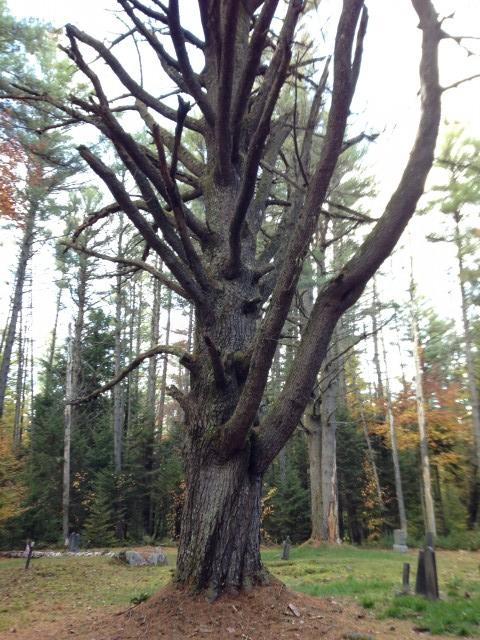
Light as a feather, stiff as a board…
As a child I had dozens of sleepovers at my dad’s camp on what is now the paved and populated, Sweeney Fields Road in Schroon Lake. Back then, we knew it as Old Sweeney Farm Rd - a simple dirt road with 2 other seasonal camps located several miles from town off the winding Hoffman Road. There was no electricity, it was well before cell phones and internet access, and it was, simple to say, the perfect breeding grounds for pre-teen girls to tell ghost stories, hold "seances" with the highly sensitive store-bought Ouija Board, and basically try to scare each other into a sleepless night.
It was also the perfect launching point for my older brother to take me on adventures - aka "he didn’t want to sit around playing games and babysitting," so off we’d go. Hunting for something, anything, to make the day more memorable. I was obsessed with the "olden days" at that point - due perhaps to my love of Almanzo Wilder and the Little House on the Prairie series. And, I think my brother - in his newly acquired second-hand car - just liked to drive down random roads. It may have seemed a bit morbid, but we often stopped at old graveyards. I loved to read the tombstones of so many people that had come before me, and it always stuck out to me when there was a marker of a child around my age; I felt a great empathy toward them - maybe they walked down the same roads, hopped across the same rocks in the river.
It was like a Ghost Town; actually, it was a Ghost Town…
One day, and this memory has stuck out in my head for years and years (27 to be exact), we found a Ghost Town. I mean, a real, honest to goodness Ghost Town. We had taken a backroad as was tradition, and eventually turned off onto an unmarked right hand road - dirt path is probably more accurate. Soon enough we were forced to stop driving, and we decided to park and walk along the path for a bit. When the trees eventually opened up we found ourselves in the midst of our biggest discovery, ever. It was a town, maybe that’s being generous - it was a small encampment. Every building was abandoned; weeds and trees grew up through the broken foundations. Doors hung off of their casements in crooked angles. In my memory, every house is a bleached off-white, grayish color. The color you see on decaying houses along the ocean’s coast. The color of tombstones.
There was a circle in the center of the small village - I can only imagine it was the town green, a gathering place for town meetings. This, too, was severely overgrown. And, I can remember as we looked around (snooped around), opening doors and noting that many items still remained in some of the buildings, I can remember the distinct feeling of being watched. Of wondering if we were alone. Of having a chill settle in, and an uneasy feeling come to rest. My brother felt the same, though he didn’t openly mouth these words; I could tell by his stance and the forced levity in his voice as he spoke - he was "creeped out" (for lack of a better description).
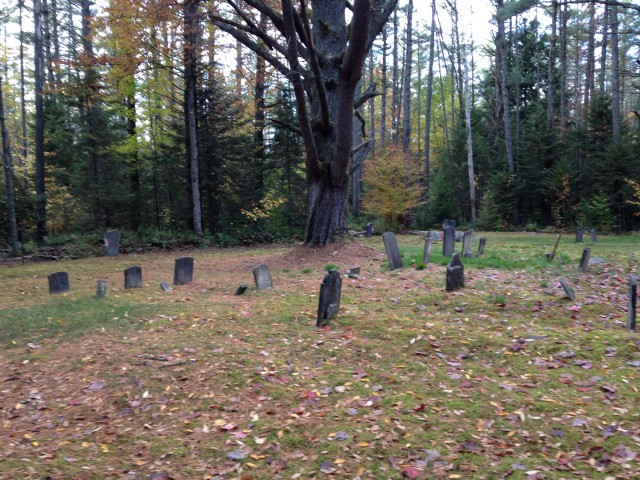
I kept catching glimpses out of the corner of my eyes of movement. Wanting to seem brave, I laughed it off, chalking it up to what must be an animal - a bird perhaps, or chipmunk, something quick and fleeting. We decided to start walking back to the car when movement to our right caught our attention. Since the sun was shining, and obviously, obviously this creepy feeling couldn’t be real, we goaded each other into investigating. What we discovered was a graveyard that may have included the whole population of this town. There were very few variations of last names, and I can remember thinking, "wow, this family lost 6 members all within a year." I felt the chill wear off as the inquisitiveness kicked in. I walked from stone to stone in wonder, reading aloud the names. Acknowledging that they had existed, wondering how they lived and why the families had settled here. There were children, so many children’s markers. I wondered if anyone had survived. Was there a plague? Famine? This needed investigating when we got home.
As the sun started to lower, we knew we needed to make our way toward the dirt path and civilization. But it was hard, we didn’t want to leave - we felt a pull to stay to keep taking in the scene. We looked around one last time, still feeling watched - but not scared, or at least not as scared as earlier.
That evening when we talked to my dad about our discovery, he mentioned that it might have been an old settlement called Irishtown. He remembered his dad telling him about it when he was a young boy. To this day, that is what I have referred to when discussing our Ghost Town - I’ve always assumed it was Irishtown. Now, 27 years later, I felt it was time to head back and rediscover it.
It was a dark and stormy night…
Actually, it was a gorgeous fall day, and I was on a mission. I had heard tell of several accounts of hauntings and paranormal activity in the Schroon Lake region - especially in Paradox, and I wanted to track down some more substantial evidence. However, I had no intention of investigating on my own - so I brought Greg, my willing (or at least, agreeable) partner-in-adventure along.
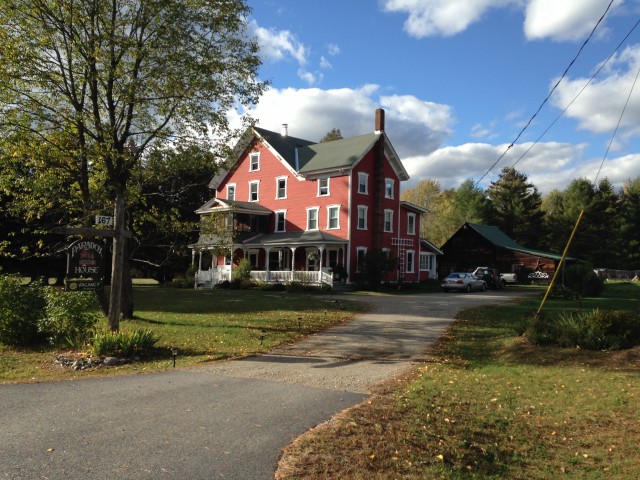
Our first stop was at the historic Paradox House Retreat. This beautiful, restored Bed & Breakfast is described as Great-Grandfathers classic 3-story Adirondack Victorian Farmhouse. It is a serene artists retreat settled on a quiet 80 acres of land. I was given a lead that there may have been some "ghostly activity" at the House, as well as in the adjacent barn.
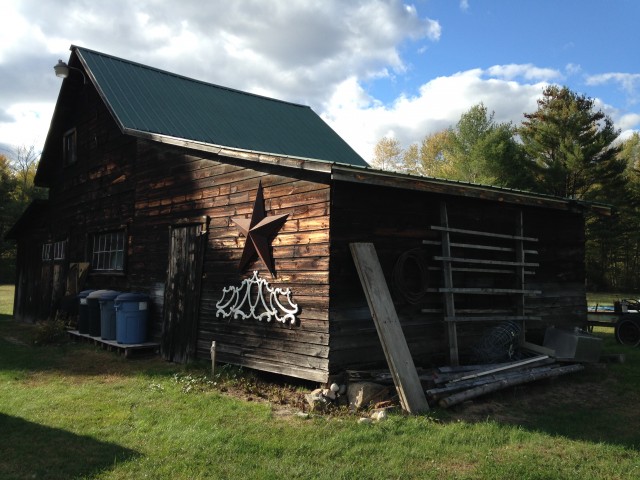
We were fortunate to talk to Merritt, the current owner (along with wife Analise) and direct descendant of Great-Grandfather Irving Tyrrell who built this house in the 1890’s. The land had been awarded for service in the Revolutionary War, and his great-grandfather chose to live, farm and run his own mill on it. Later the 13 bedroom house was converted into a summer boarding house for "city folk" and most recently it was converted into a comfortable and intimate B&B.
Merritt confirmed what sources had leaked to me. He had, on occasion, been known to tell ghost stories. As a matter of fact, he hosts a story night every year or so, which has become a bit of a tradition in the community - tales are told, snacks shared, children are welcome. Sadly, he also confirmed that his tales are, well, tales. And, that the barn is a "relatively quiet" old building. And, while I could easily spin this story to say the house had an eerie feel about it, that would be a total lie - it is a bright, welcoming, peaceful home. As a matter of fact, I felt a sense of calm as soon as I stepped on the property. Darn it: strike one.
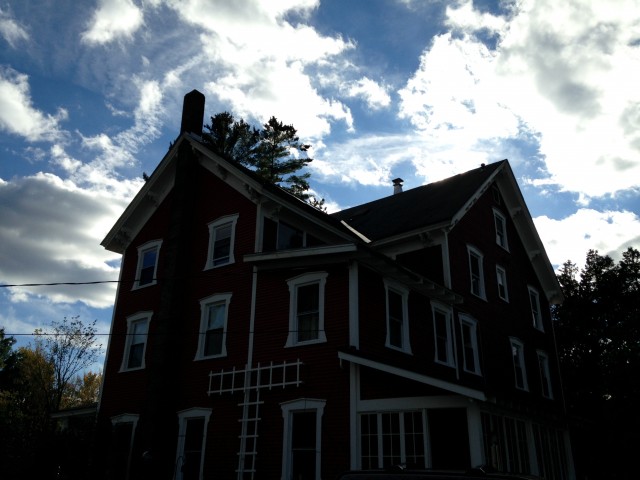
BUT… he was also happy to give me a few leads on my quest to find my Ghost Town.
- First, he mentioned Charlie Hollow off the Charlie Hill Road. While this sounded like a plausible lead, there was one major discrepancy: I know we headed right on Hoffman Road - away from town - to get to Charlie Hill, we would have had to turn left and back toward town.
- Next, we talked about Irishtown (lights go off in my head!!). This was the name my father had mentioned, oh so many years ago. Unfortunately, although it fit many of my criteria, it was better documented and seemed more main stream than the town we had discovered. But it might still be a contender.
- Finally, I described the route I thought my brother and I had traveled. Ah, yes, now we get the lead I have been waiting for: Loch Muller. This has got to be it!! The directions from Merritt are as follows: Drive up Hoffman Road for 6 or 7 miles. There is a paved road now called Loch Muller, park at the end. Across the road there is an unmarked wooded trail. Follow it for half a mile or so into the woods. Eventually you will come to a cemetery. "It’s creepy." Enough said, I am sure this is my town.
Loch Muller - easier said than found...
We head out of Paradox and into Schroon Lake, proper, where we stop to refuel both the Bug and our bellies. We’re driving a vintage VW (sans heat) - which seems fairly appropriate since it, too, was brought back to life. (Ok, that’s a bit of an analogy stretch - even for me - but c’mon I had to give a shout out to this cool ride that has us cruising through the backroads of the Adirondacks & hasn't broken down at all today!)
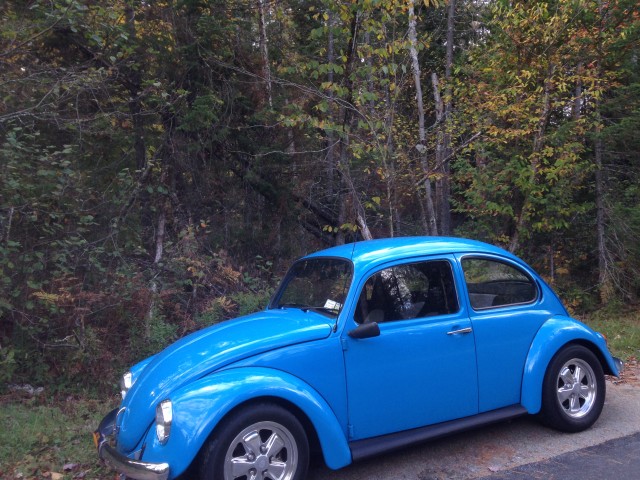
After passing through town and Greg noting that Flanagan’s was hopping - because it’s Sunday Football (hint, hint) - we turn right onto Hoffman Road. We follow our directions to a tee, and I am amazed to find Loch Muller so easily. However, everything is backward - this can’t be my town. The path was supposed to be on our right - not our left. I’m disappointed, but I do think it’s pretty intriguing that this path is not marked in any recognizable way - maybe my memory had failed me, maybe the town was off to the left. Either way, we are here and it’s worth investigating - I do still love reading historic gravestones.
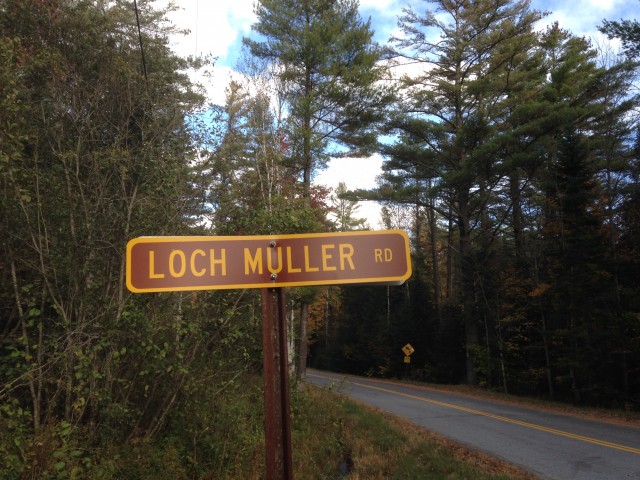
We park the Bug, and Greg gets out a neon yellow T-shirt. I seriously didn’t even realize he owned anything this obnoxiously 80’s. He indulgently explains that it is hunting season and he knew we would be hiking in the woods. Obviously, I am not dressed appropriately, but I’m loud, so hopefully that counteracts my lack of glow.
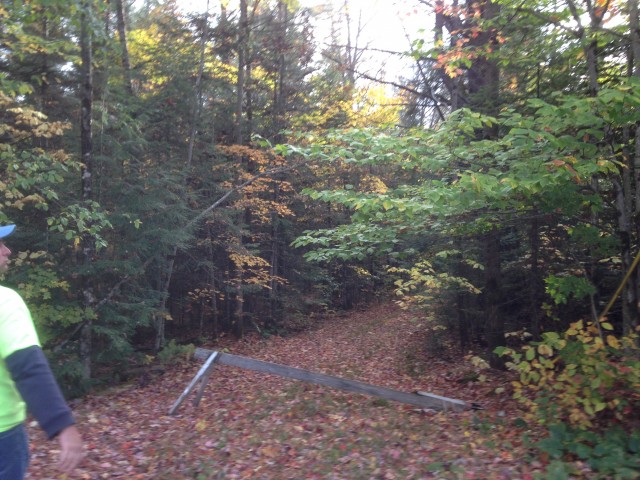
It’s late afternoon as we head into the woods. The leaves are crunching under our feet, and the sunlight is coming through the overhead branches in patchwork patterns. Besides the occasional random sound in the woods that has me quickly looking around, it is mostly silent. A comfortable silence, but of course, a bit "creepy" too - thanks to all of the haunting research I have been conducting as of late.
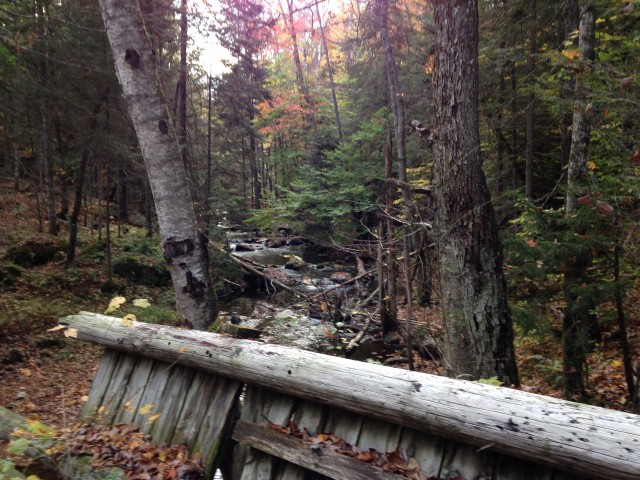
We cross a picture-perfect stream (yes, I literally took some pictures), and the path turns slightly upward. I’m beginning to wonder if we’ve taken the wrong path when a small sign appears.
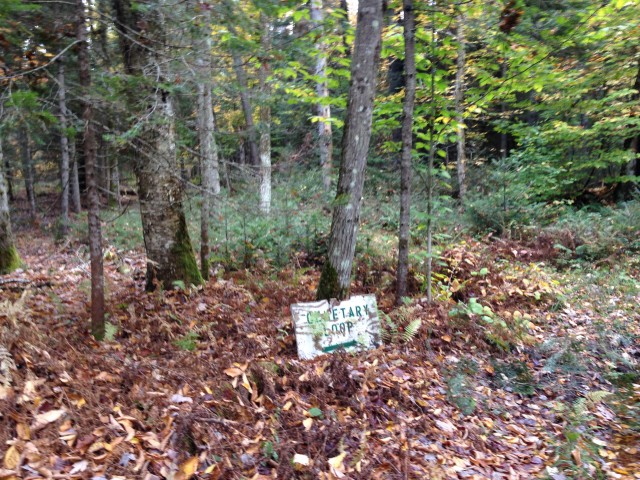
It is rotting and leaning against the base of a tree: "Cemetery Loop" with an arrow directed toward the right. So, maybe it doesn’t say, "Kim’s Secret Ghost Town," but at least we’re getting somewhere. We walk on, and soon can spot the stones through the trees.
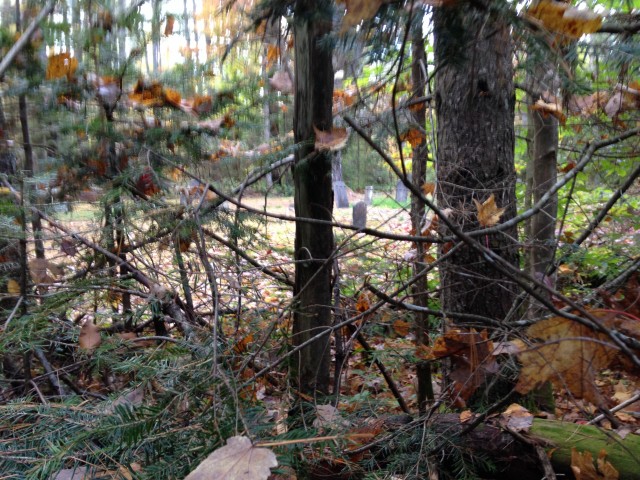
As we round a slight bend, the entrance presents itself, along with a sign of "Unmarked Graves" with a list of names. Right away, Greg notes how many children there are.
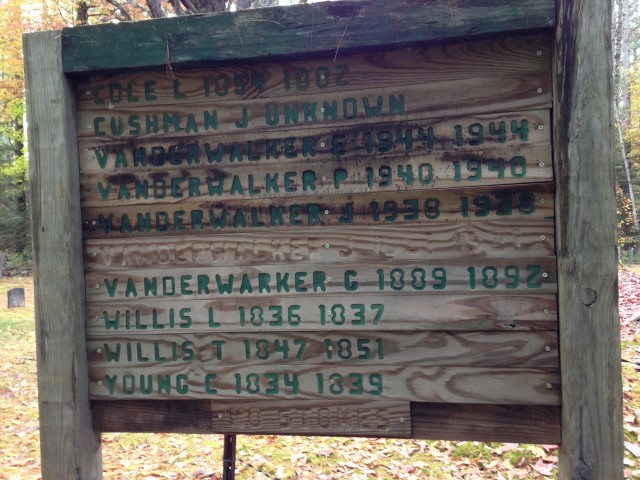
We enter the cemetery and it amazes me that this small piece of history exists tucked away so far from civilization. The stones are deteriorating, and we can’t help but note that if we were creating a Halloween scene, this would be it. The ground is uneven, and it makes me a bit uneasy as I realize that the heaves are actually, most likely, bodies in the unmarked graves. This may not be a town, but we have discovered a great piece of history. So, for the count, this is strike two.
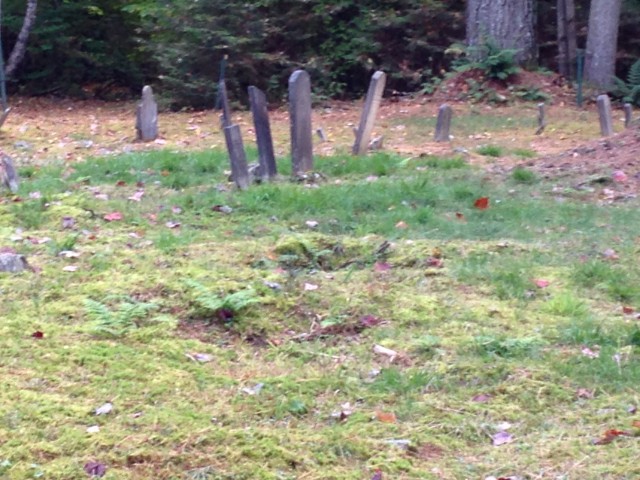
We read the stones, or at least the ones that are still legible. Again, I feel a sense of peace as I say the names aloud, acknowledging that these souls walked the earth - almost 200 years ago. 200. I am humbled to see the markers of the children, I think how sad I would be to lose my 5 year-old due to the lack of medicine. I can’t imagine losing two, three or four children in a matter of years.
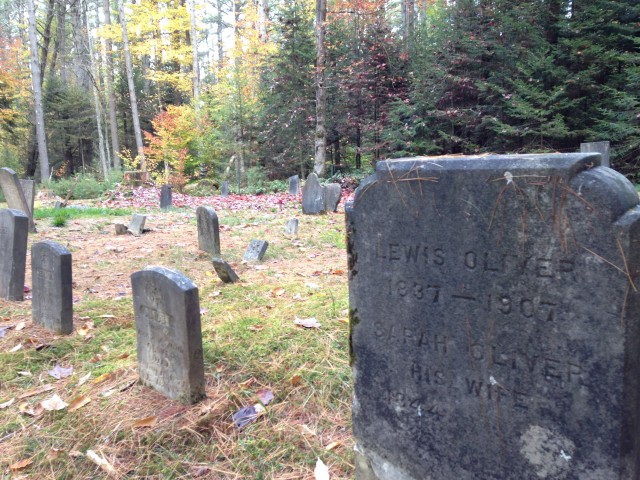
I can’t imagine how hard life must have been, and how crazy our inventions would seem to these folks. I am more determined than ever to learn about the history of the Adirondacks, and after doing a bit of quick research this week, I will happily be re-visiting the Schroon Lake-North Hudson and Minerva Historical Societies and the Adirondack Museum.
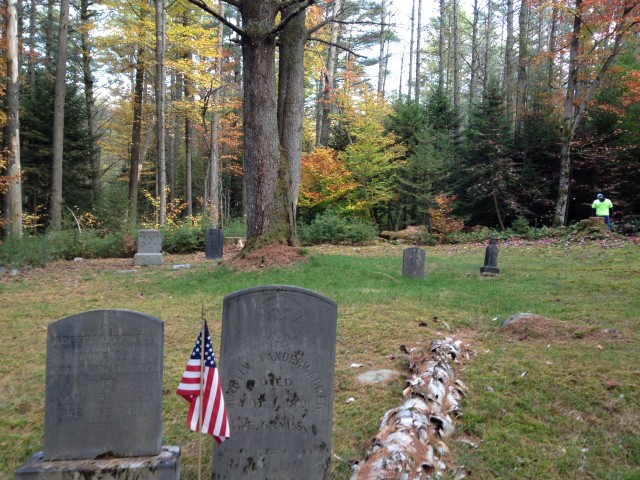
The sun is getting lower and we need to head back home. The woods are active, I hear a few odd sounds - a high pitched moan, and maybe it’s just my imagination, but I have to confirm the origins: "What was that? It’s a bird, right?" My counterpart answers with a shrug and an indifferent, "I don’t know." (For those playing along at home, that was not the right answer.)
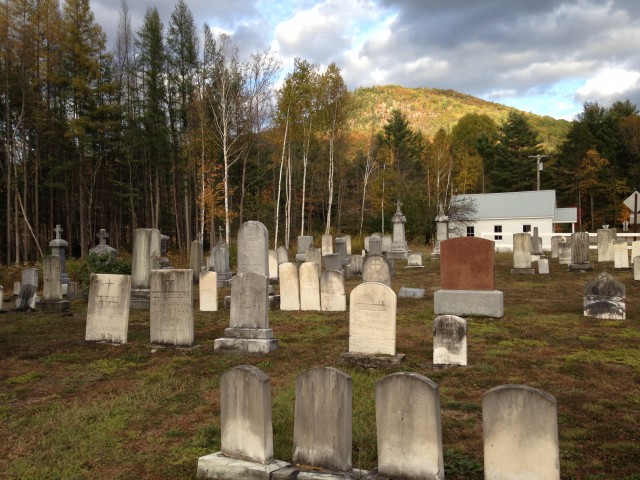
Next Up: Irishtown?
I quicken my steps and feel the relief of seeing the bright blue Bug through the trees. We load up and after one failed start (yes, I almost freaked out), we are up and running and decide to continue heading toward Minerva. It’s almost 5:30pm now, and that means my search has a limited window of opportunity. I am craning my neck to the right - straining to see up every road, trail, path and turn-off that we pass. Nothing matches my criteria. Nothing. But, I KNOW we were somewhere around here.
Eventually we come to a cross roads and I note an old cemetery to our right. We stop to investigate and as we peer up at the old church building I see the words, "Irishtown..." This is, although a wonderfully restored piece of history, not my ghost town. Strike three.
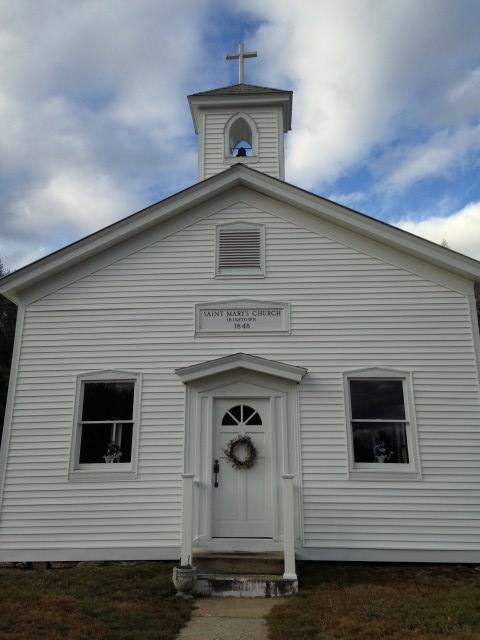
I will say, though, after doing a bit of research - the settlement (originally called Dominic) would almost match my memory perfectly. IF it was abandond and all still standing at the end of an overgrown path. From the Stafford Gazeteer of 1813: "The settlement called Dominick was first begun about 1800 and contains a few families who have one sawmill, a grain mill and a school house in which are held the meetings for worship. The state road from Chester to Canton lies through this settlement."
The Ghost of a Memory…
My whole life I have been holding the memory of my Ghost Town. I’ve referred to it as Irishtown. My brother and I reminisce about it at family reunions - I know it’s real. I mean, really, how hard is it to find an abandoned town in the mountains?? I know, somewhere, out there, off a little backroad there is a path. I know if you follow it you will find an abandoned town. It may be totally overgrown by now, but I know if you find it, you will be as awe-inspired as I was. But, I beg you - if you find it, write down the coordinates, send me the gps info, take pictures. I know this wasn’t just a tale. This is my ghost story: My Ghost Town.
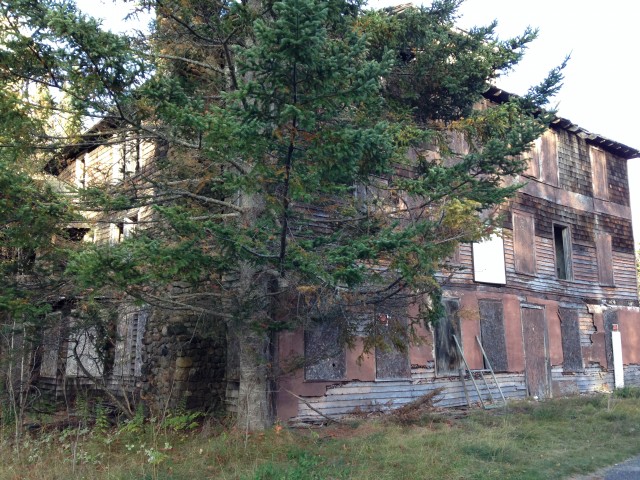
Now... a bit thrown in for good measure. By choosing to head home via Irishtown and Minerva - we passed by a bit of Presidential History. Grab your bikes, mining gear and hiking boots, and find more info about Tahawus - where the road to the Presidency began for Roosevelt.
